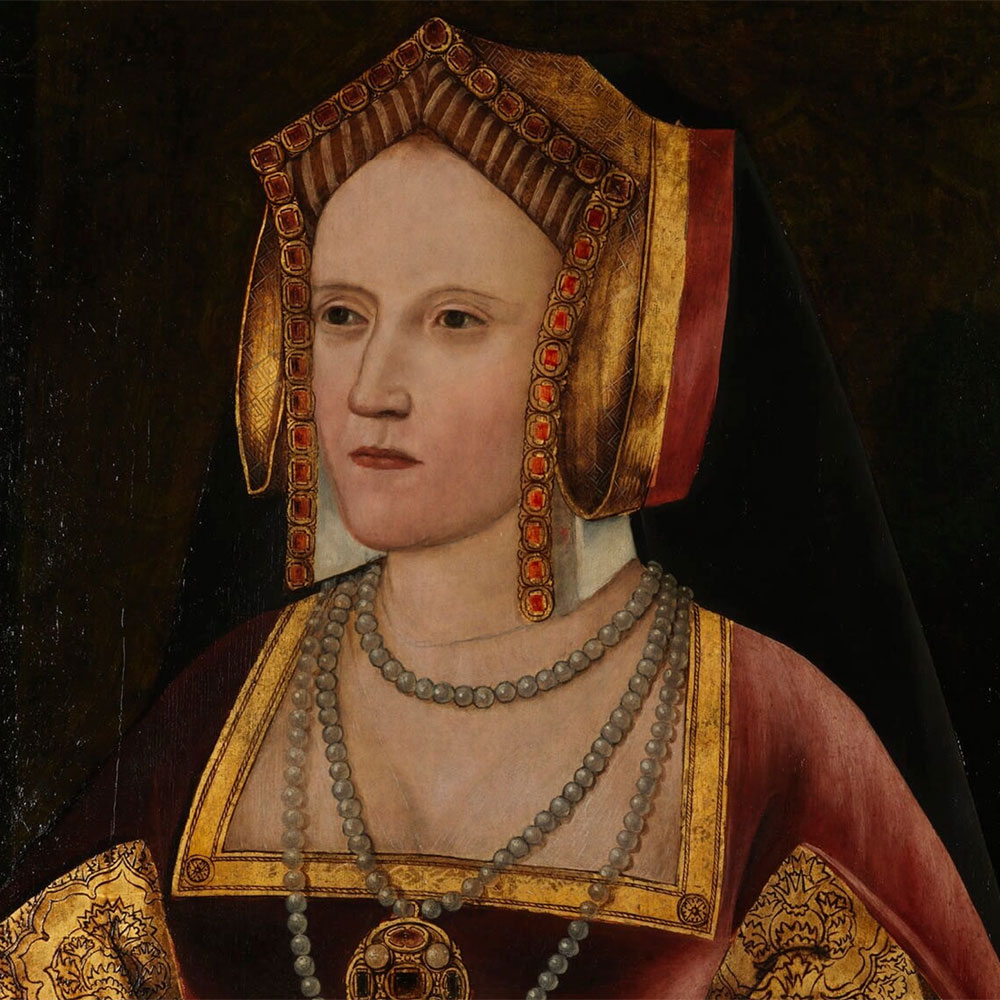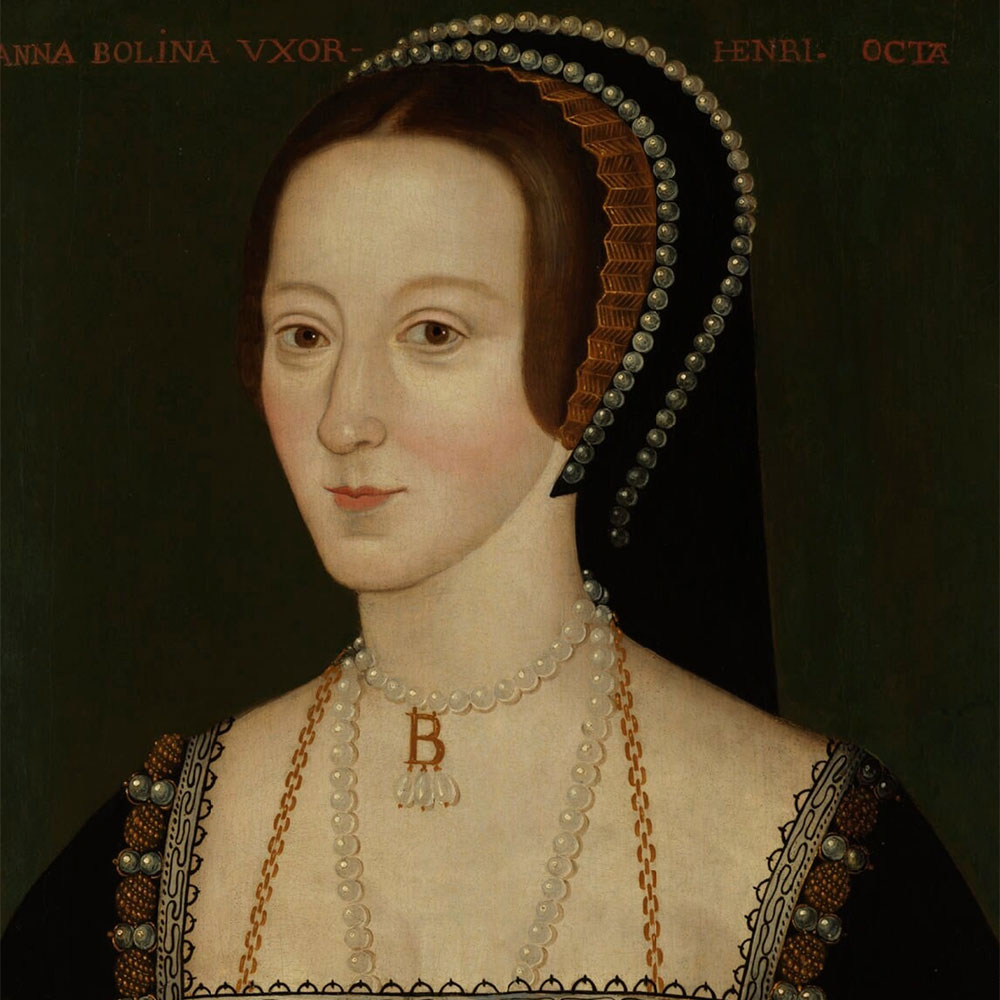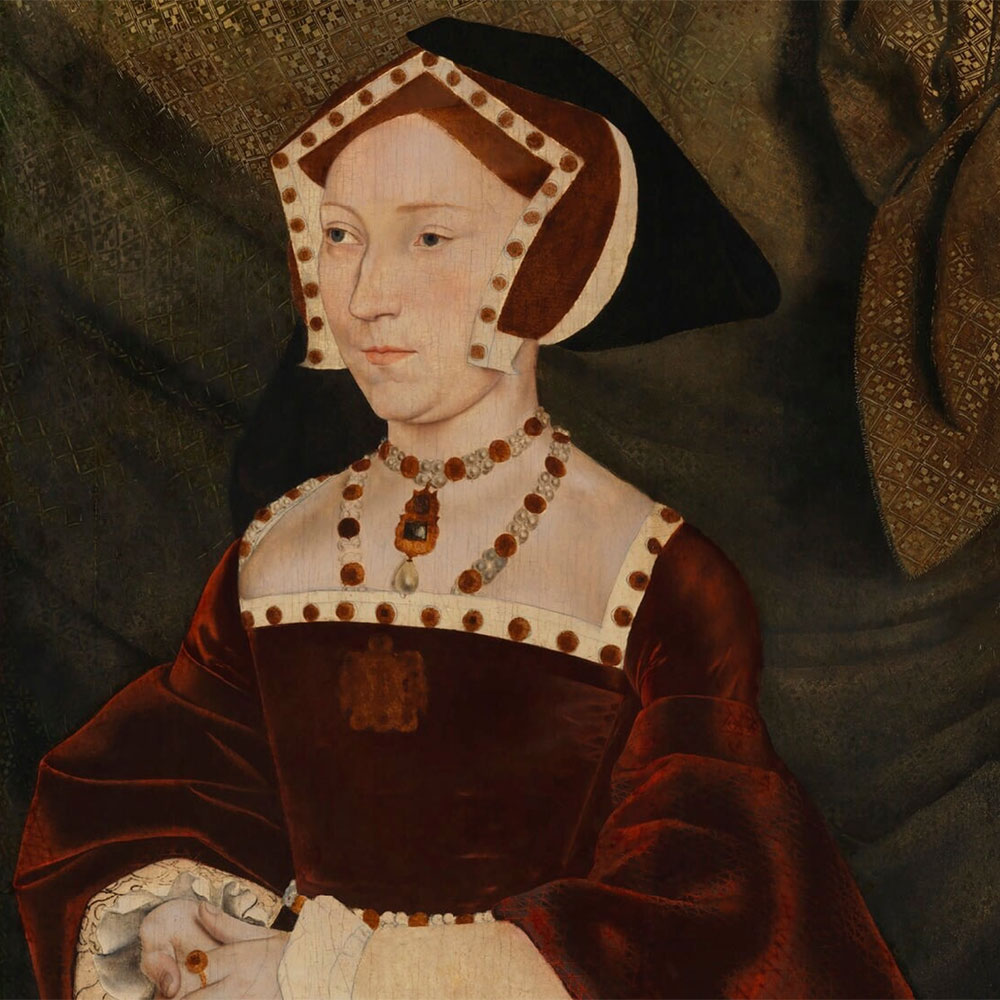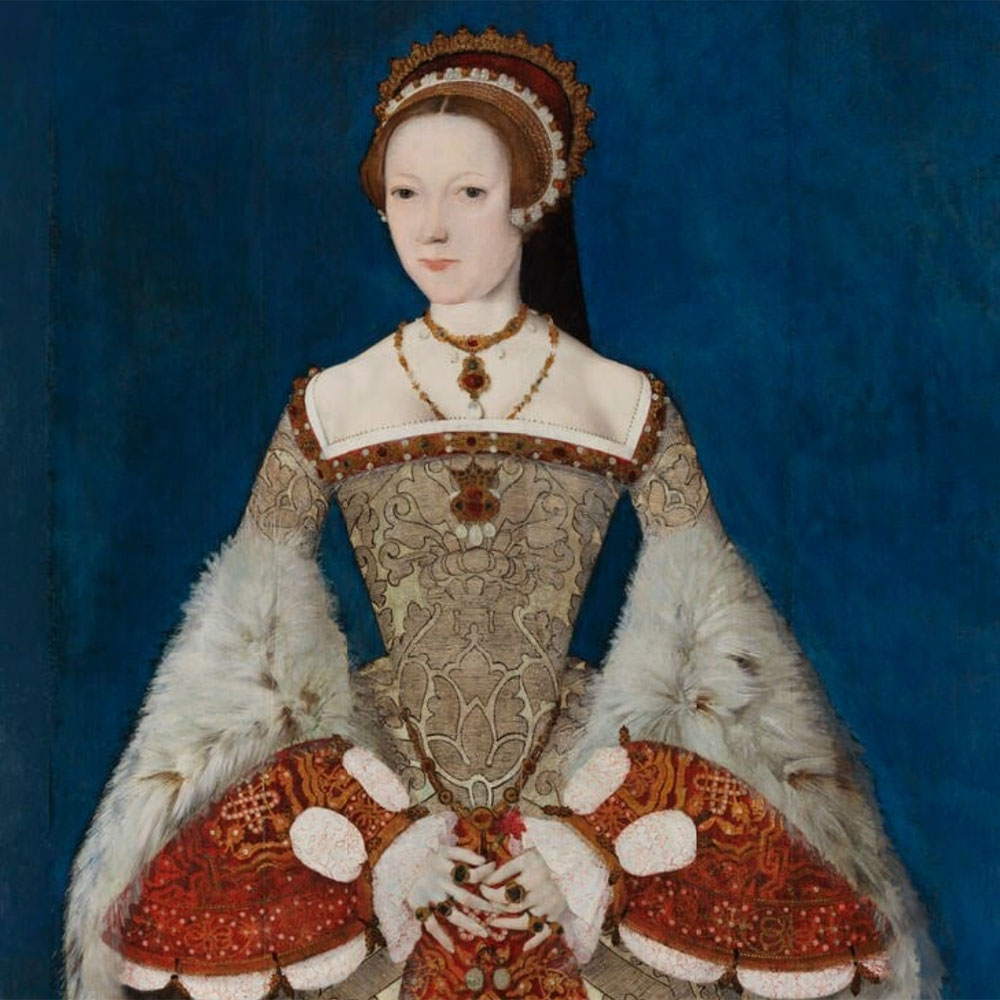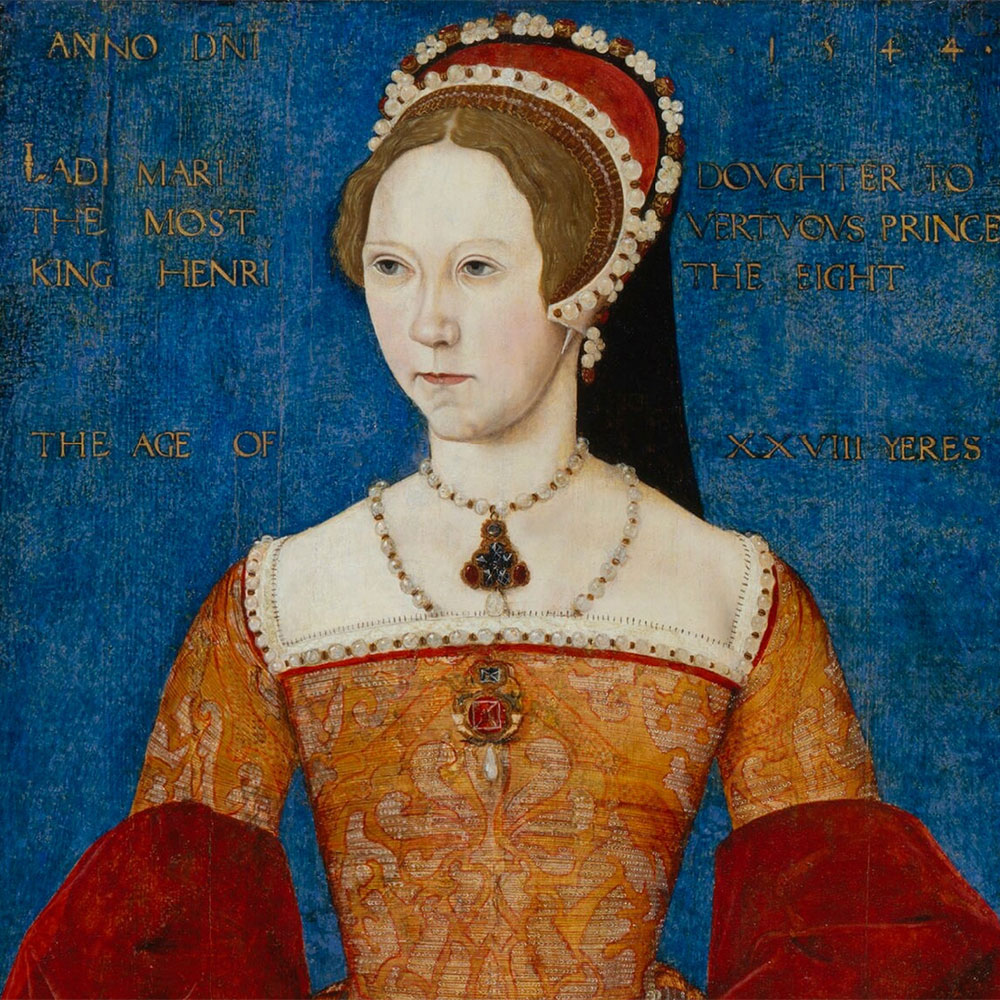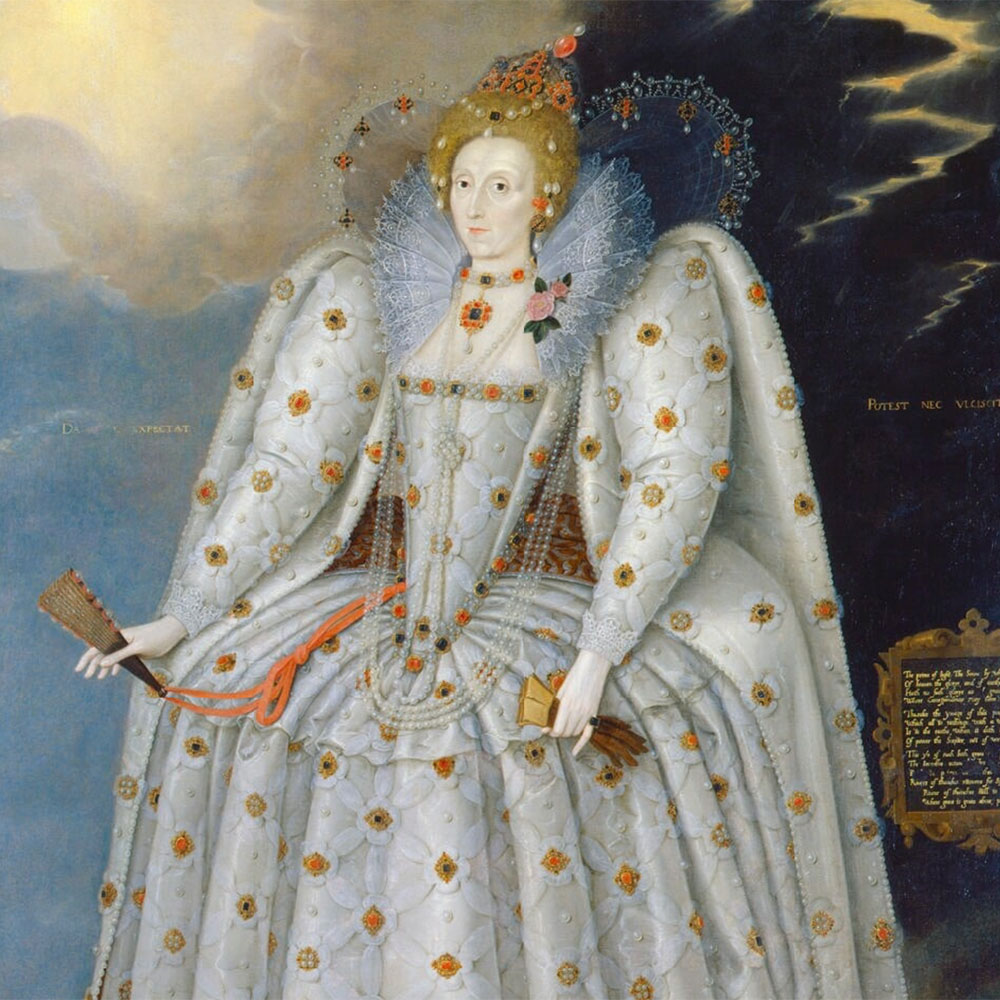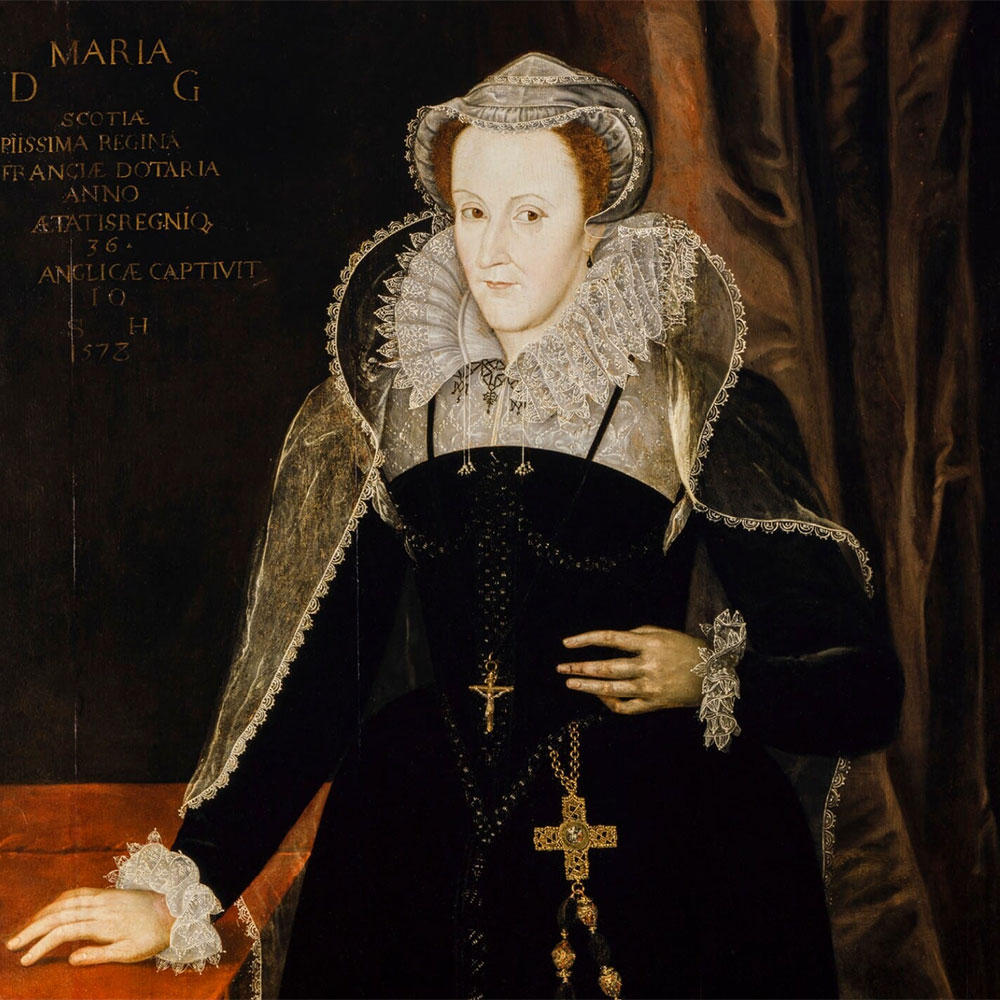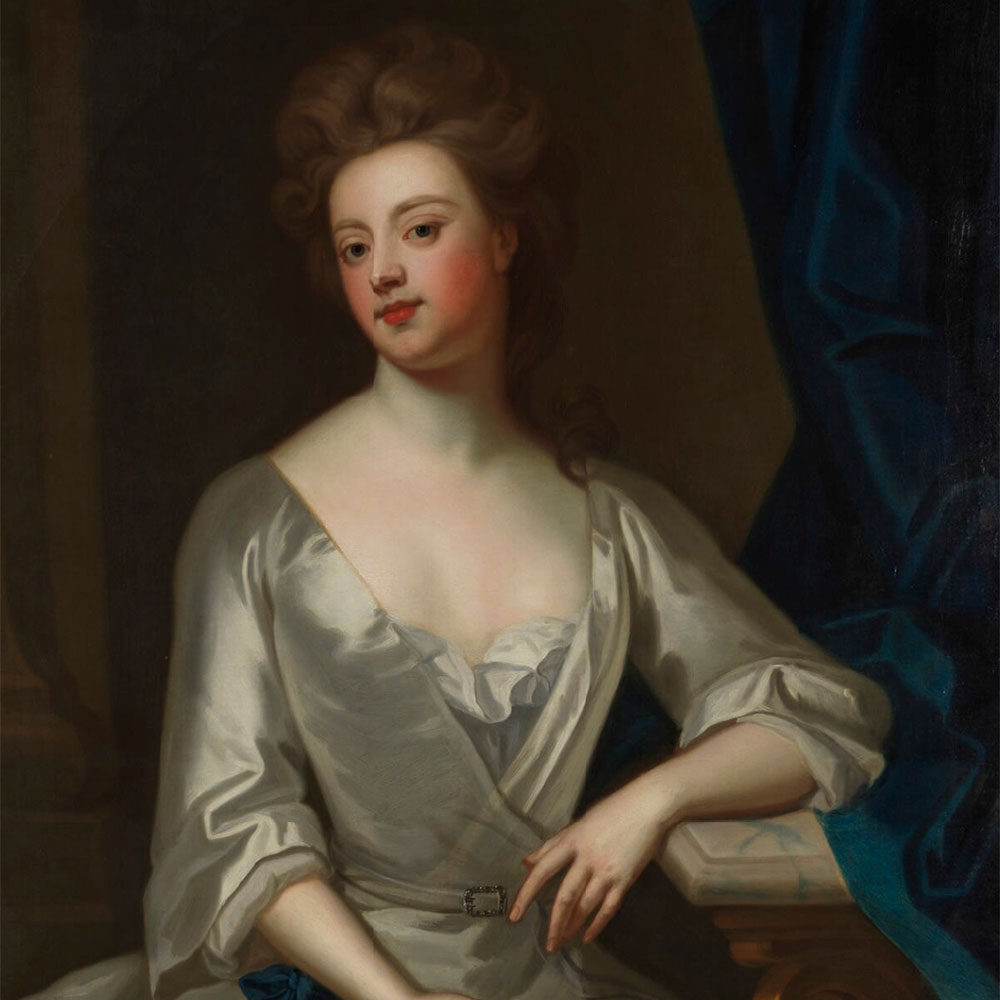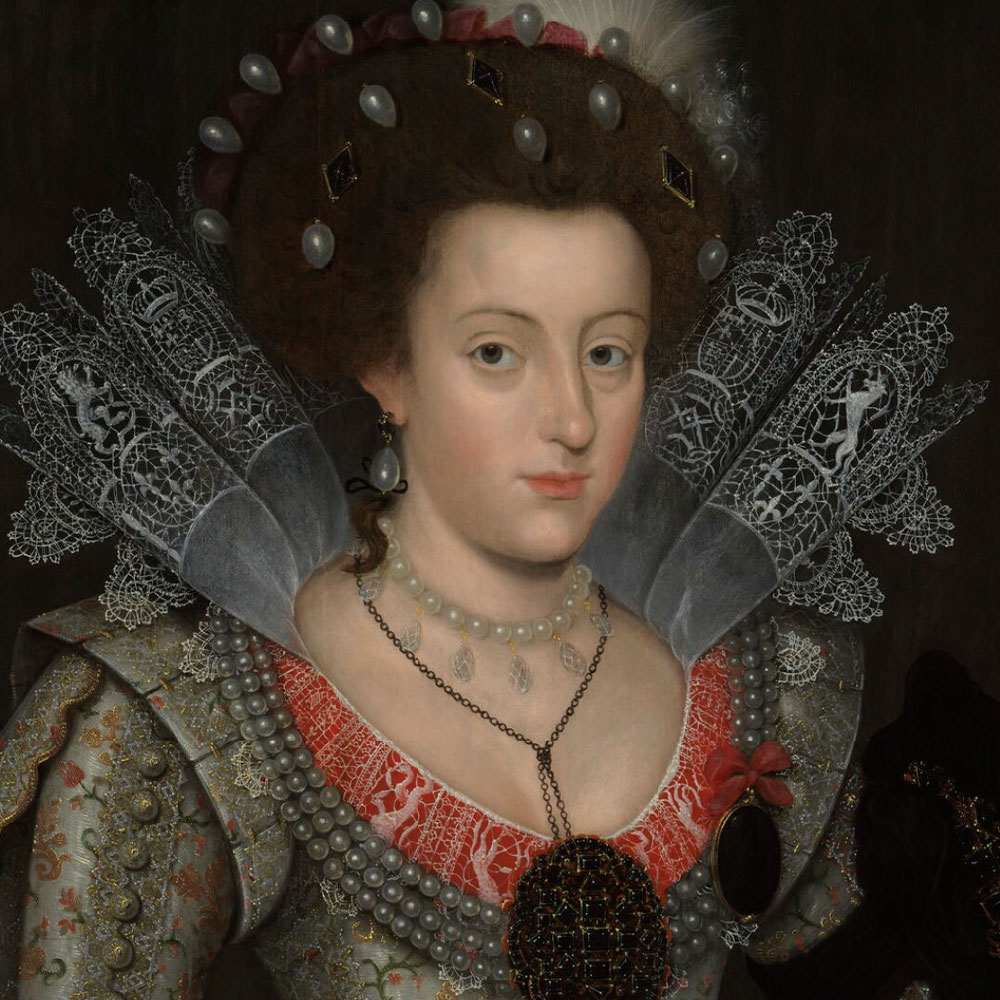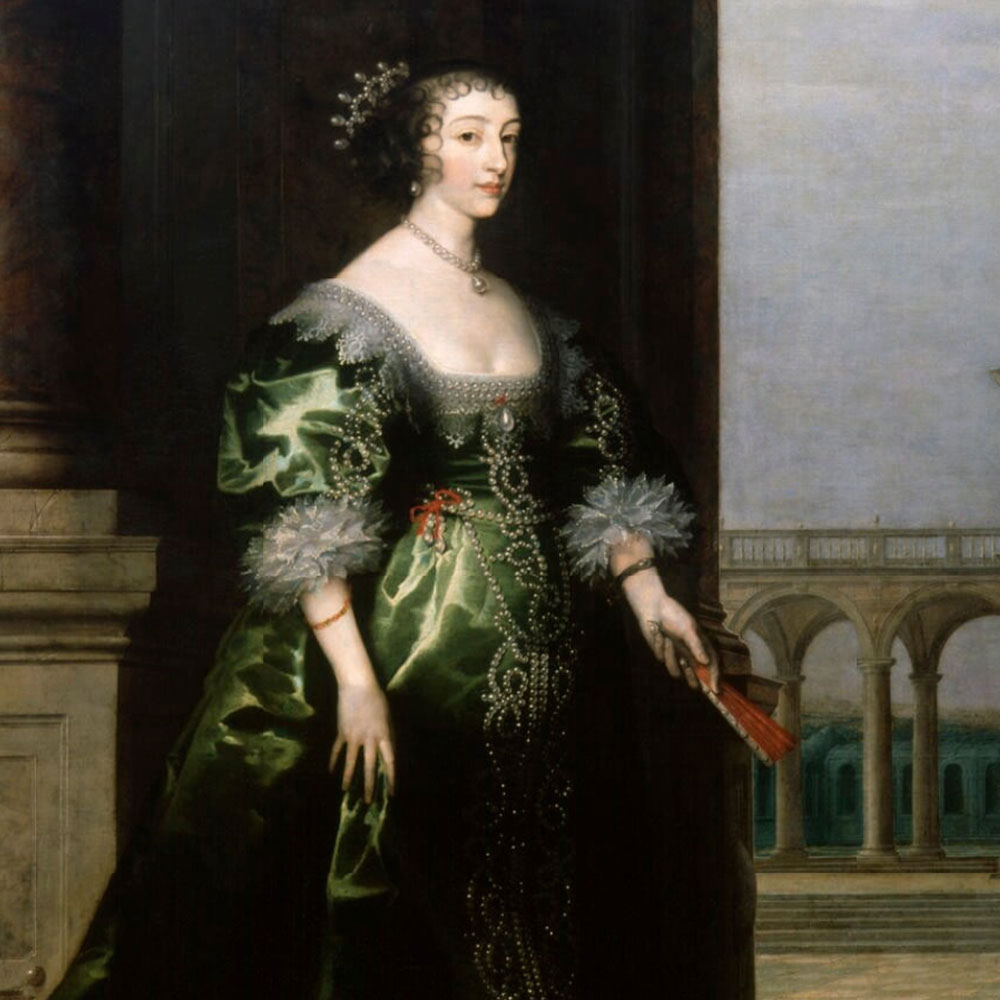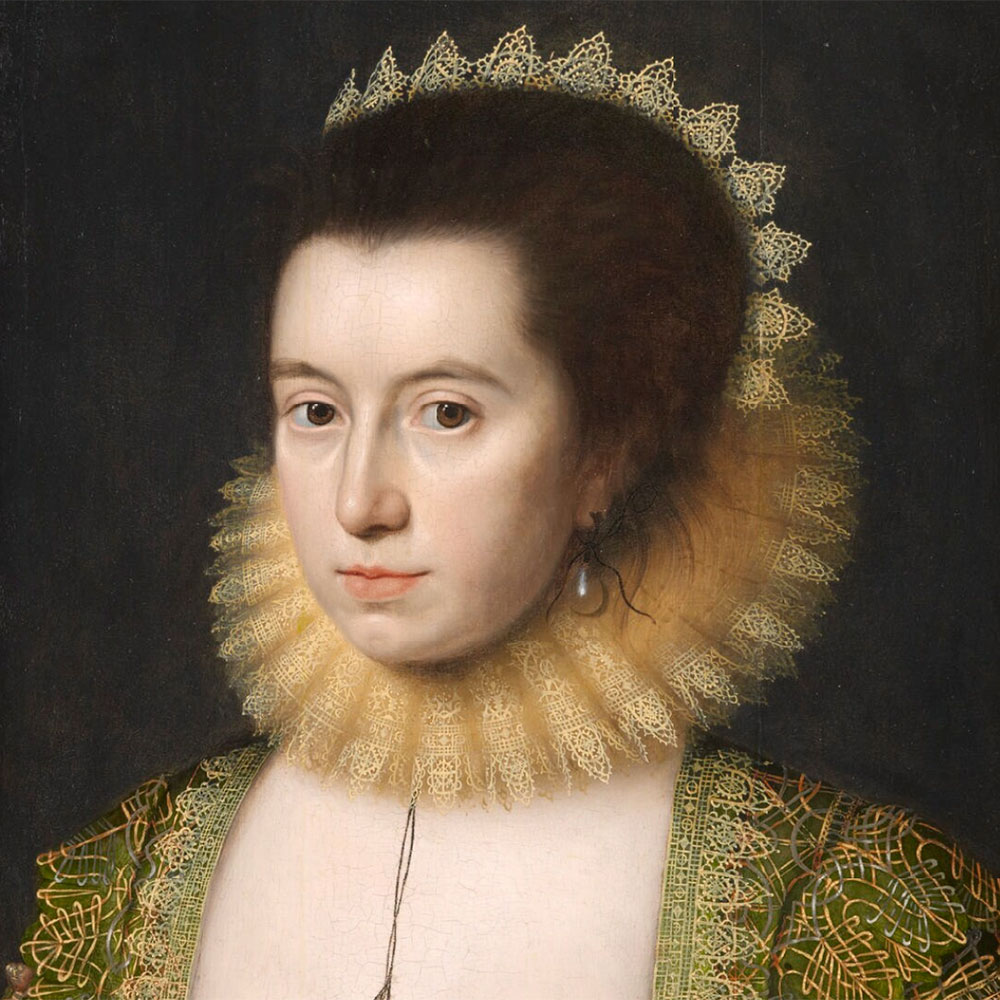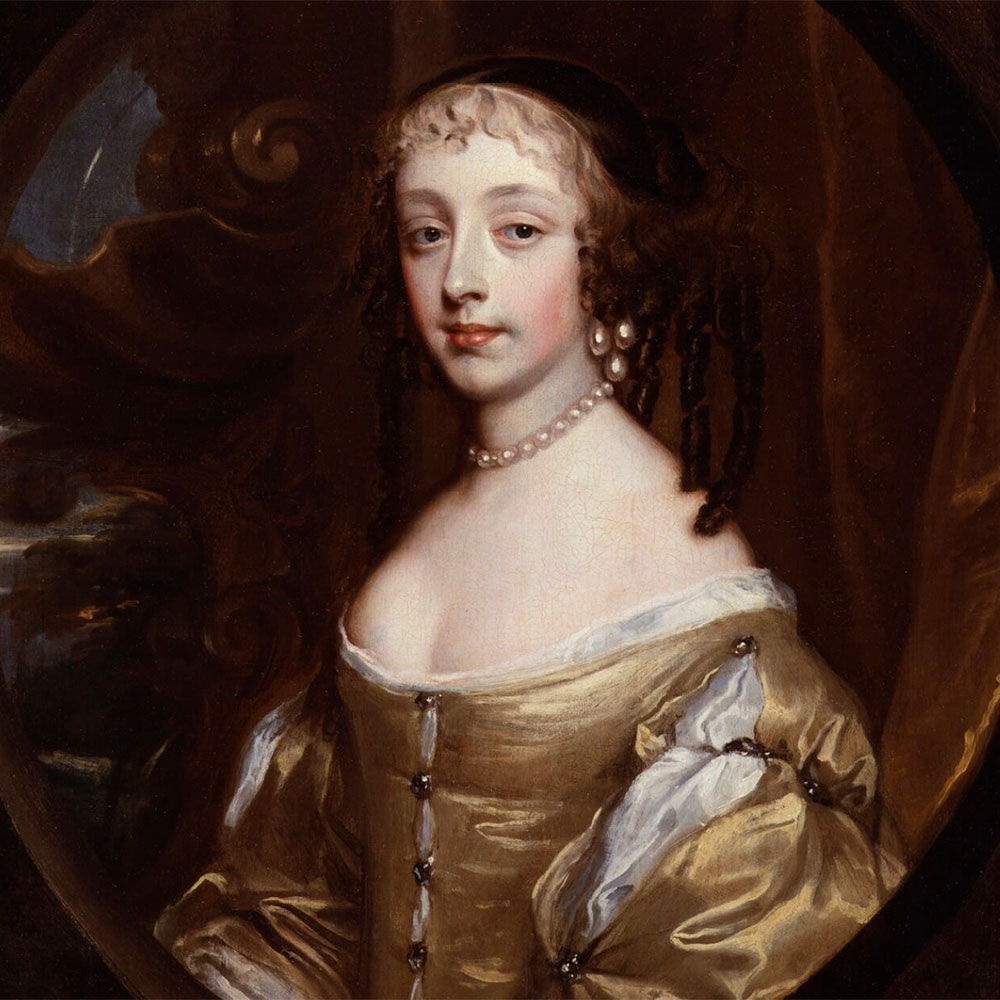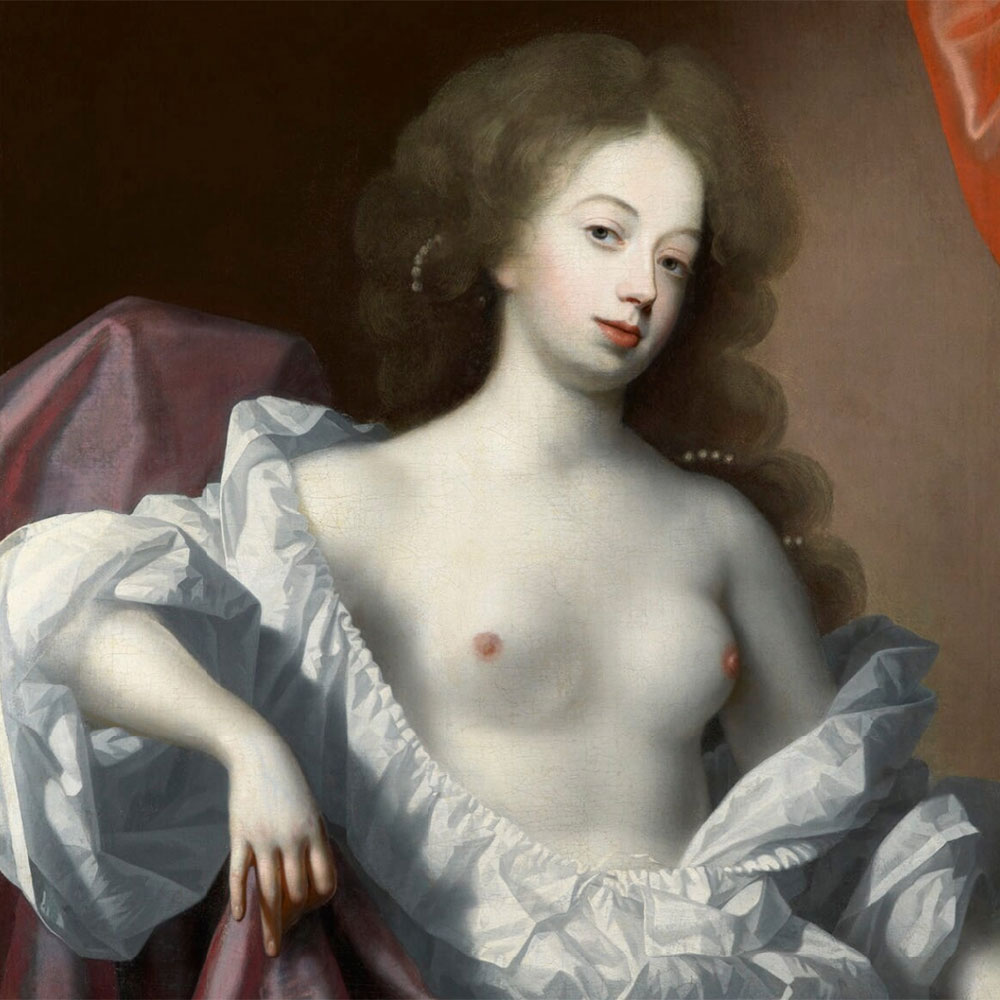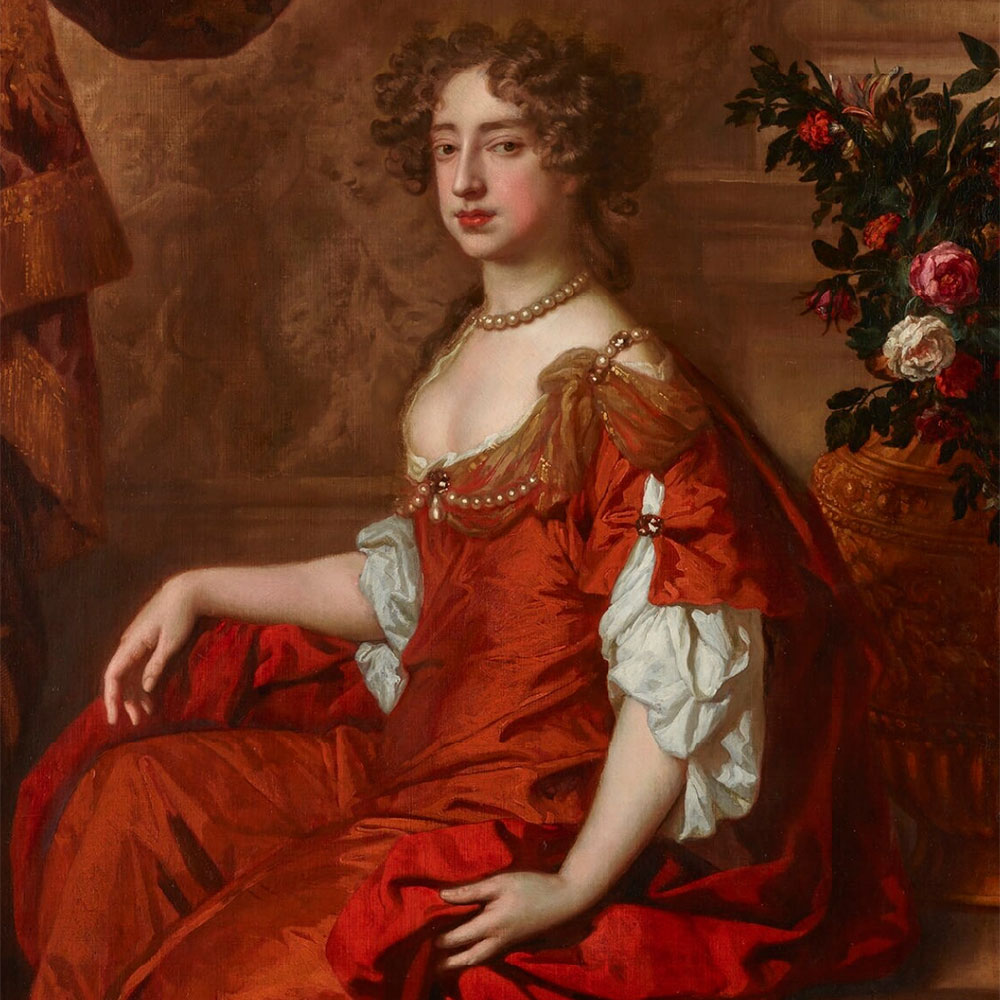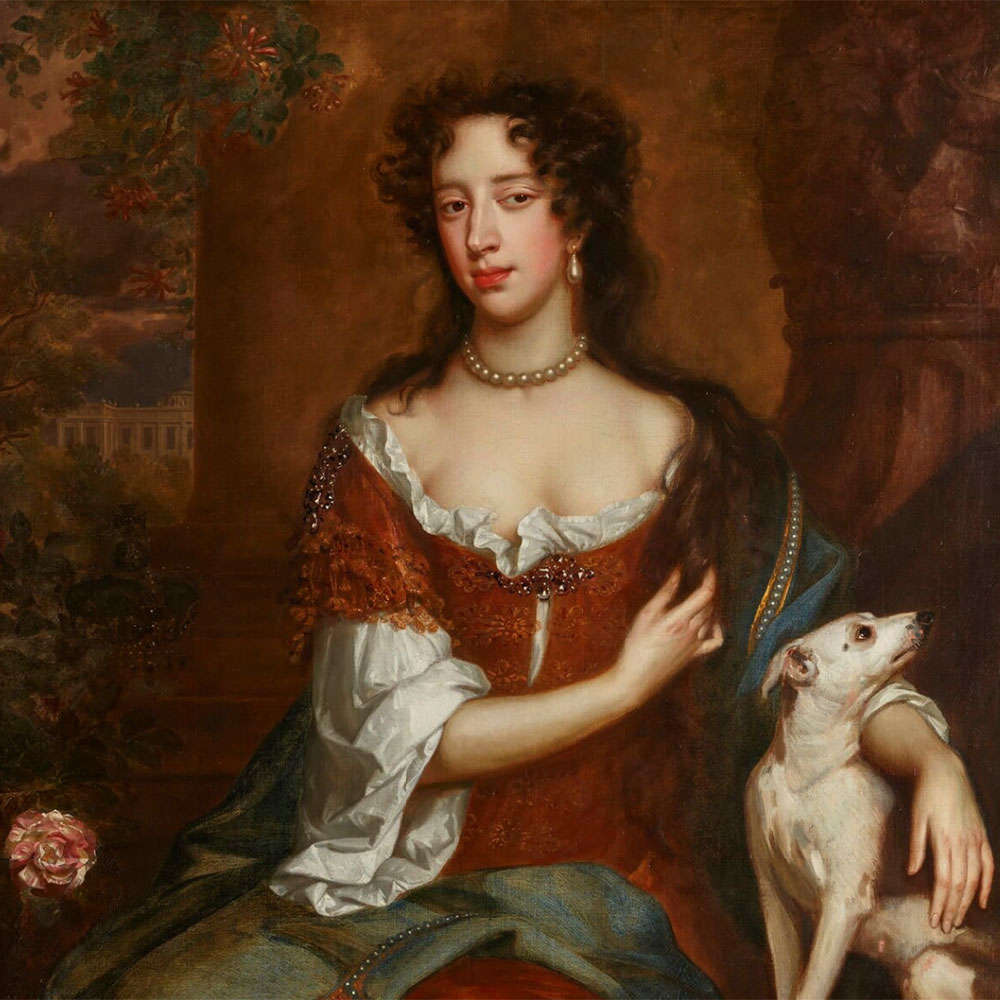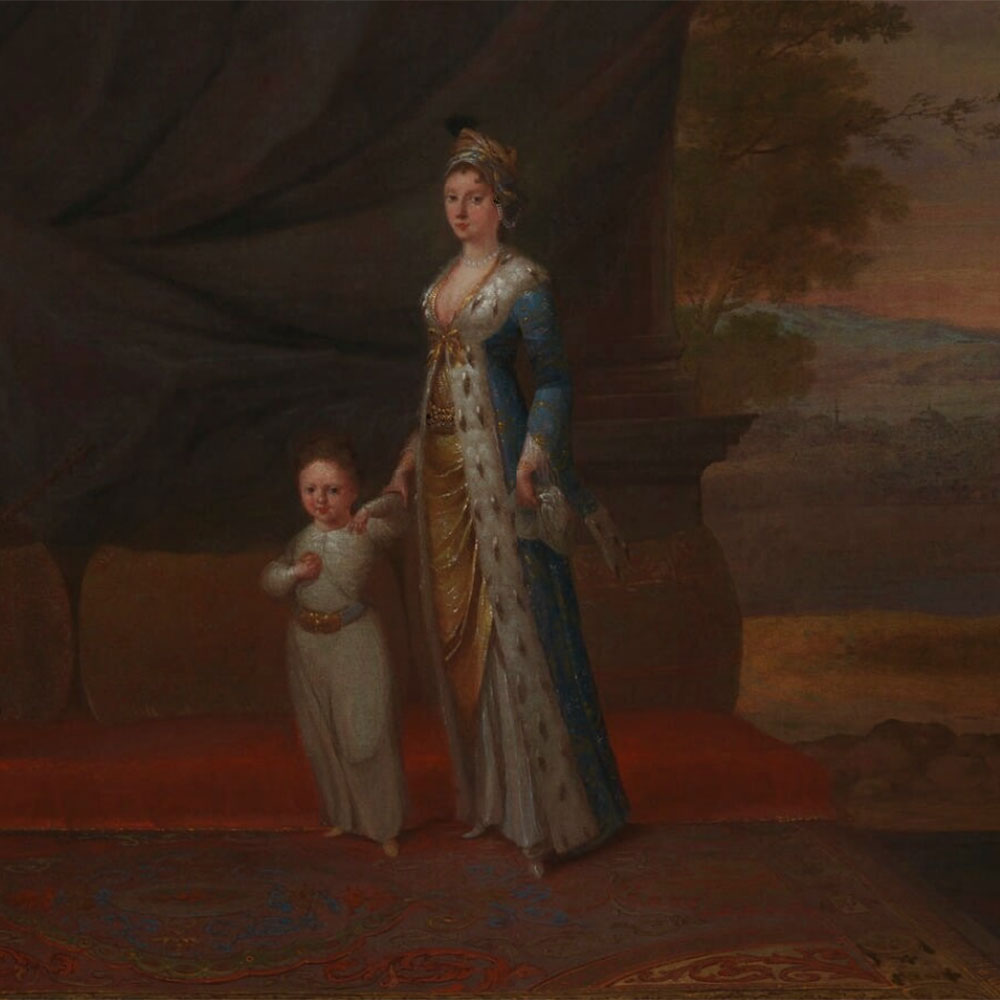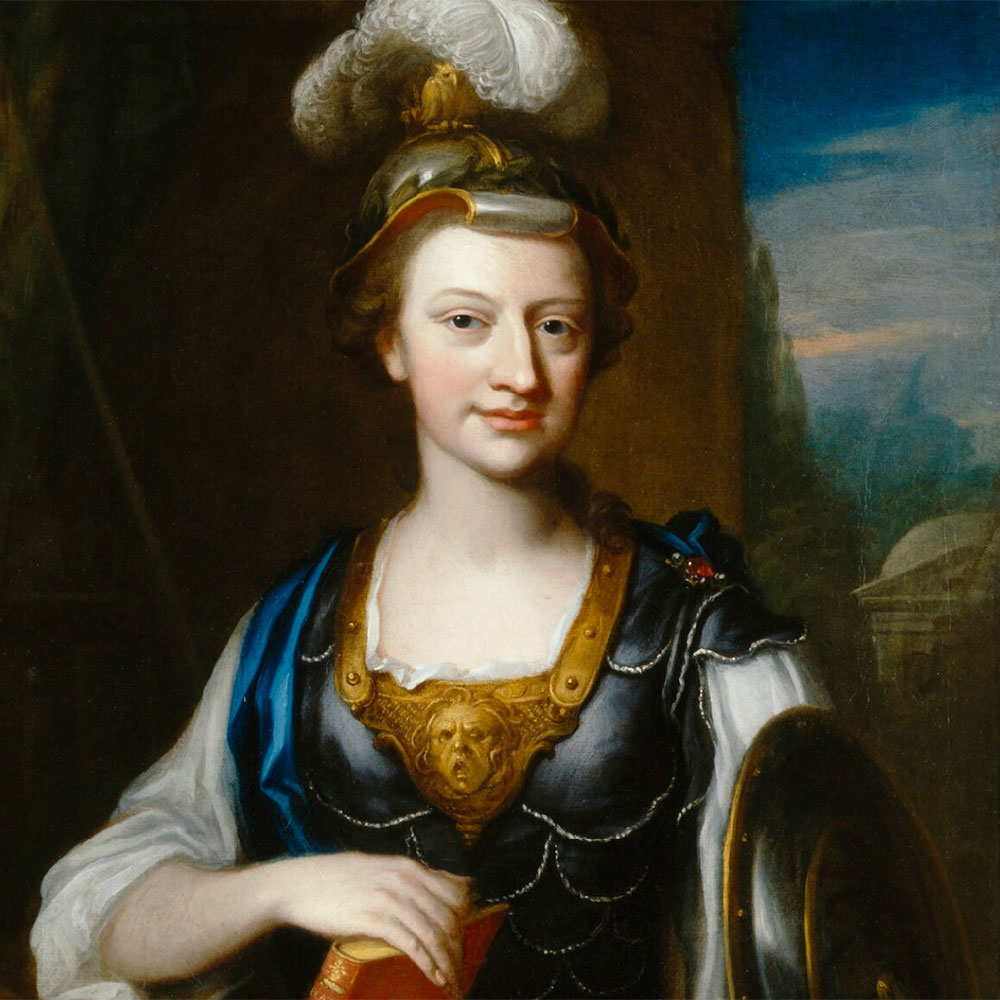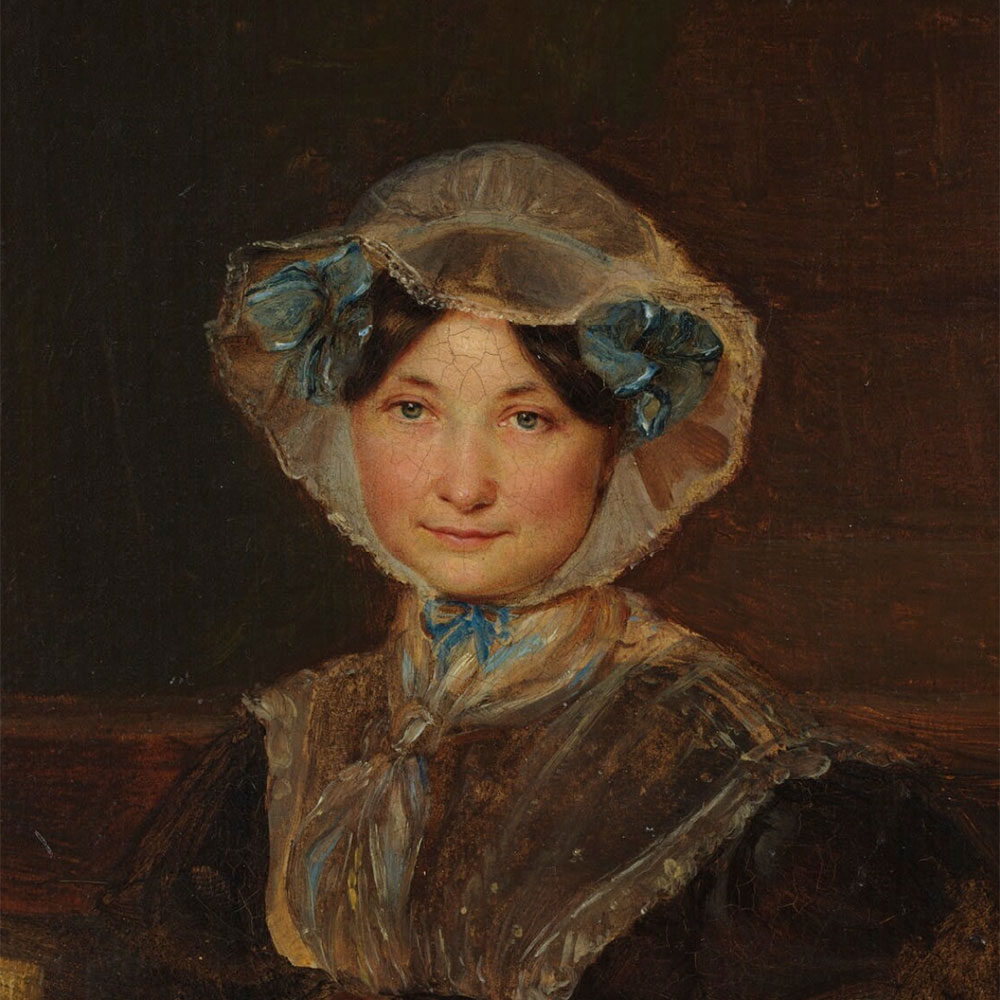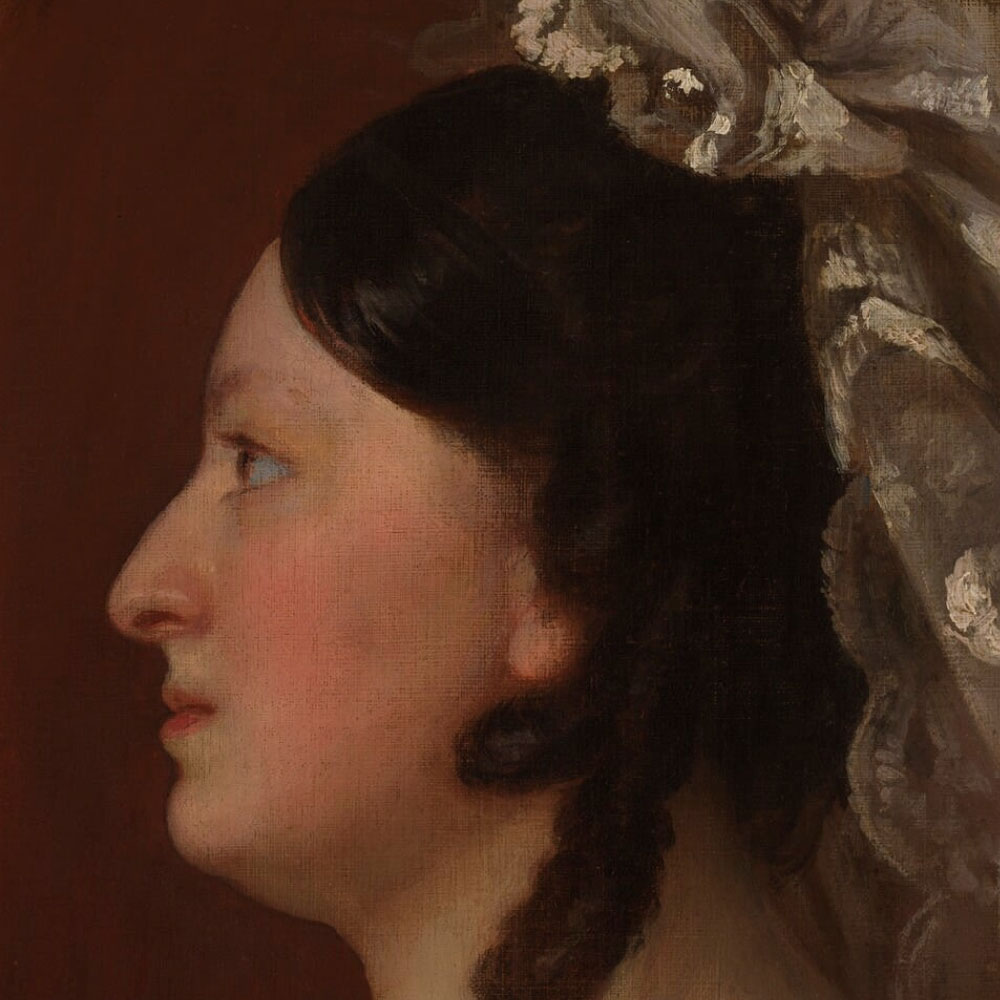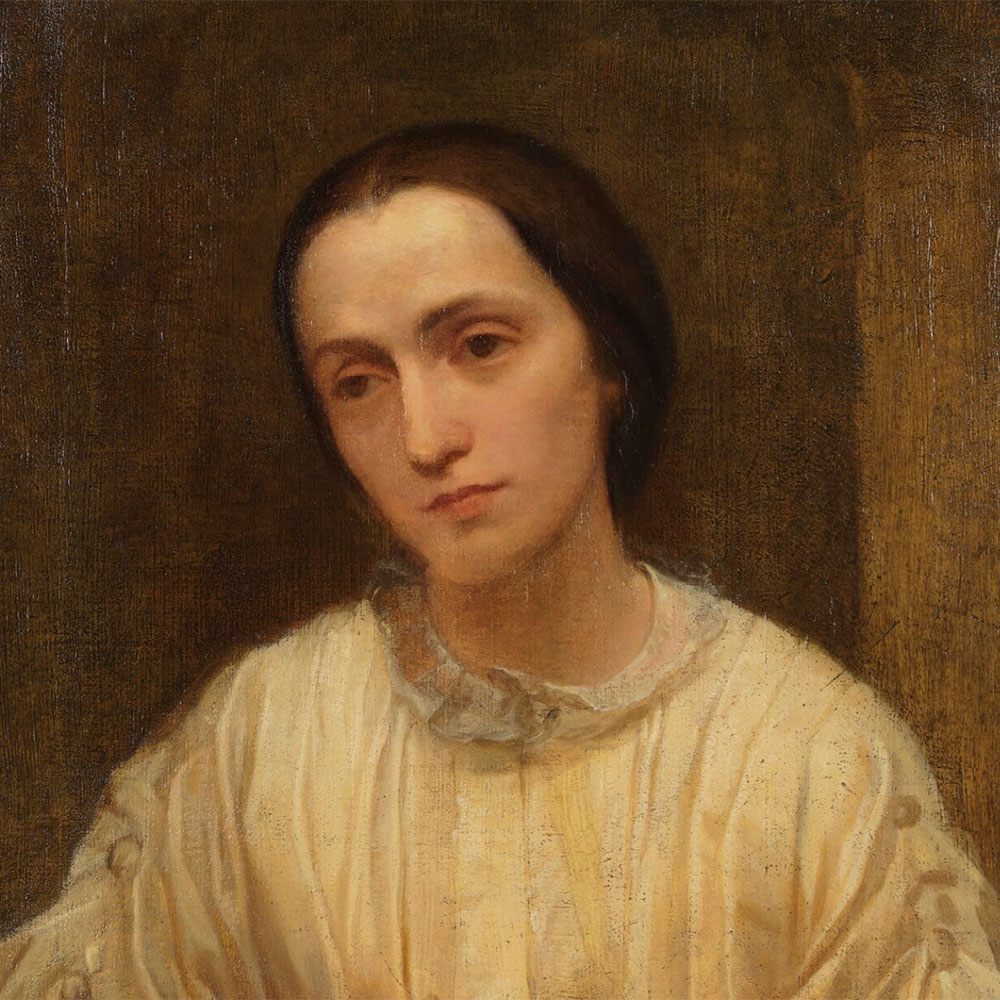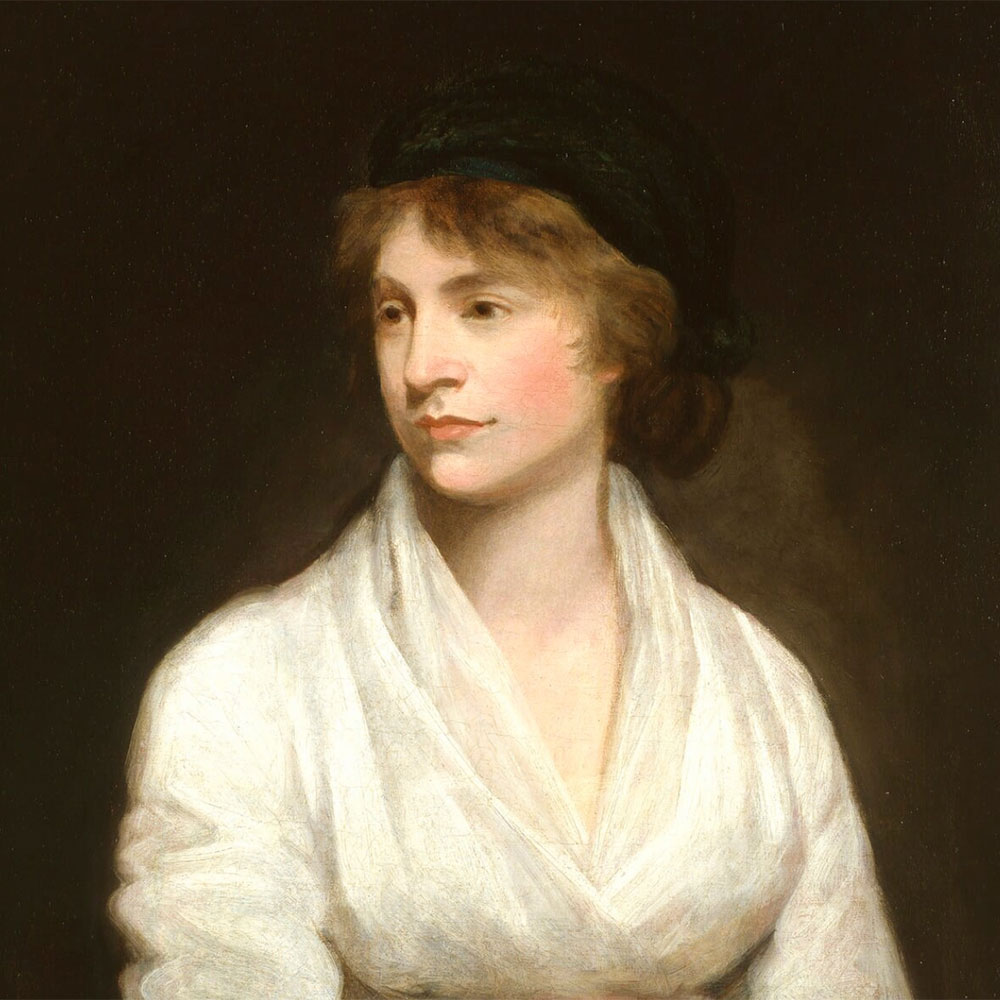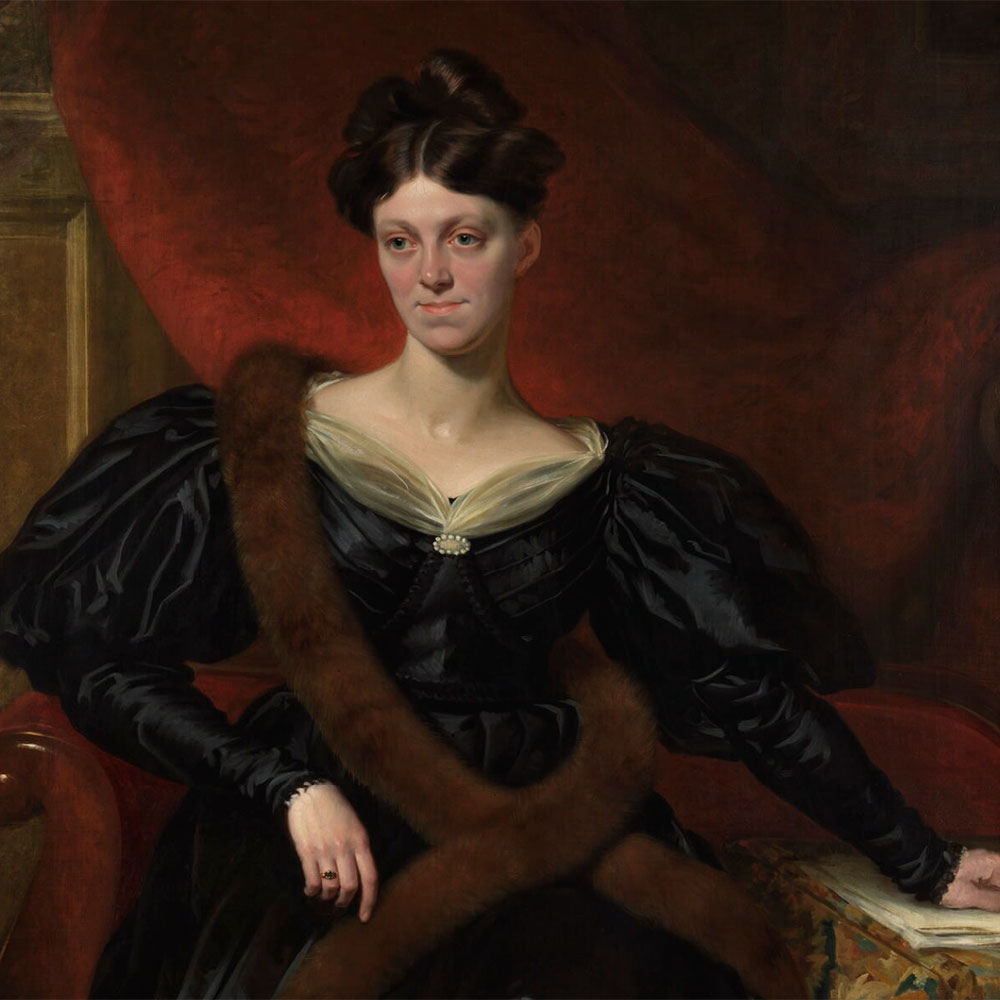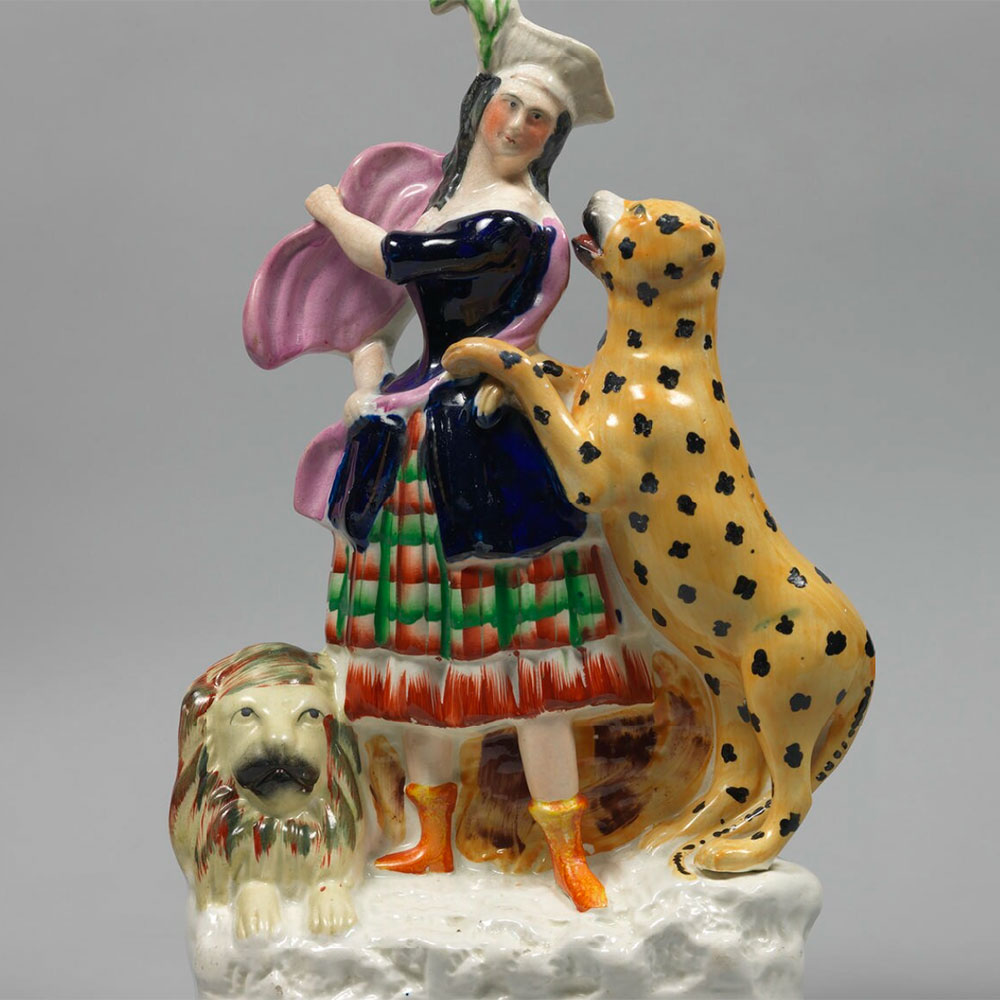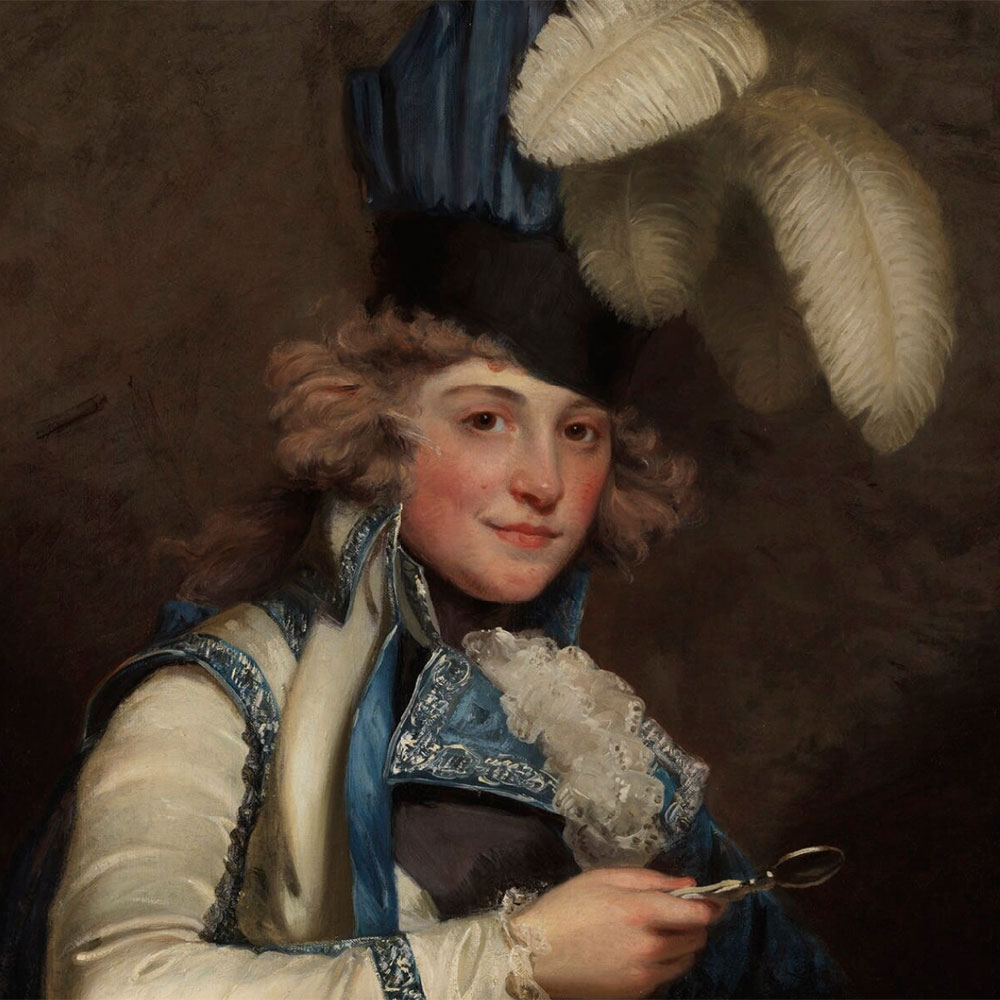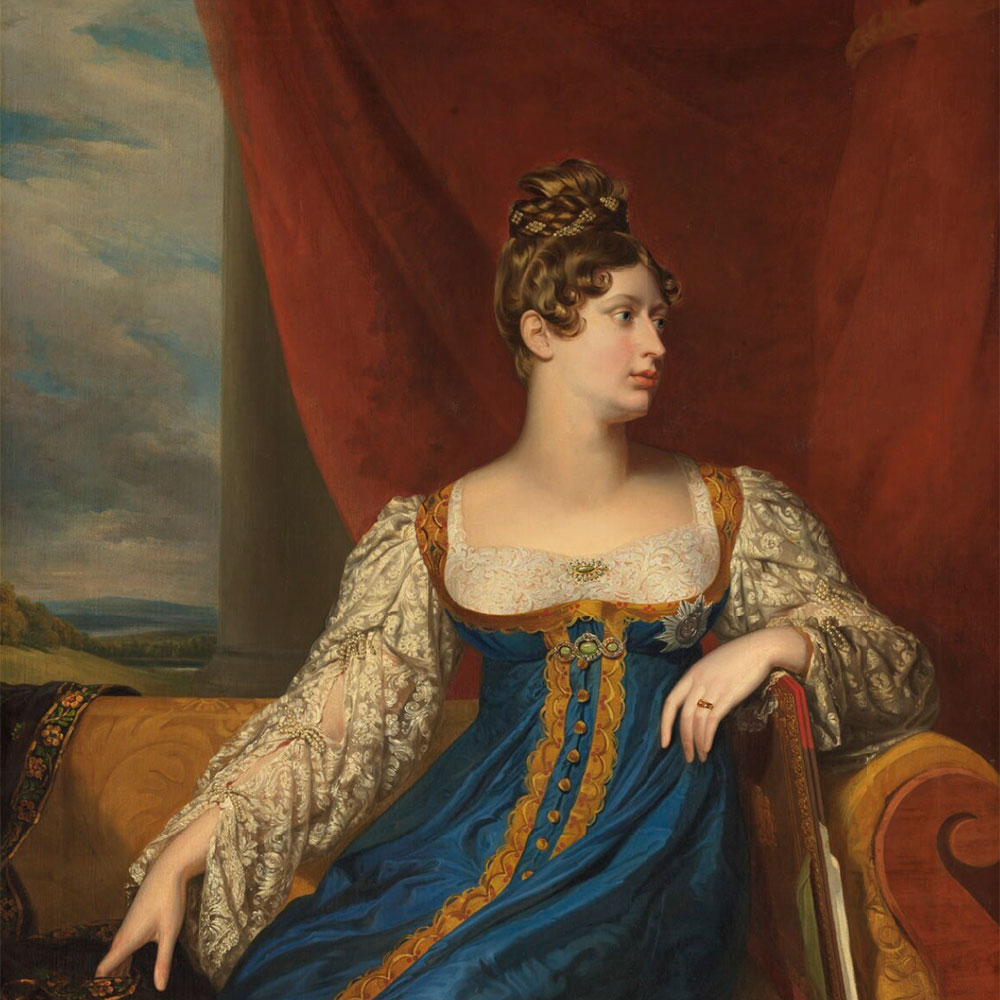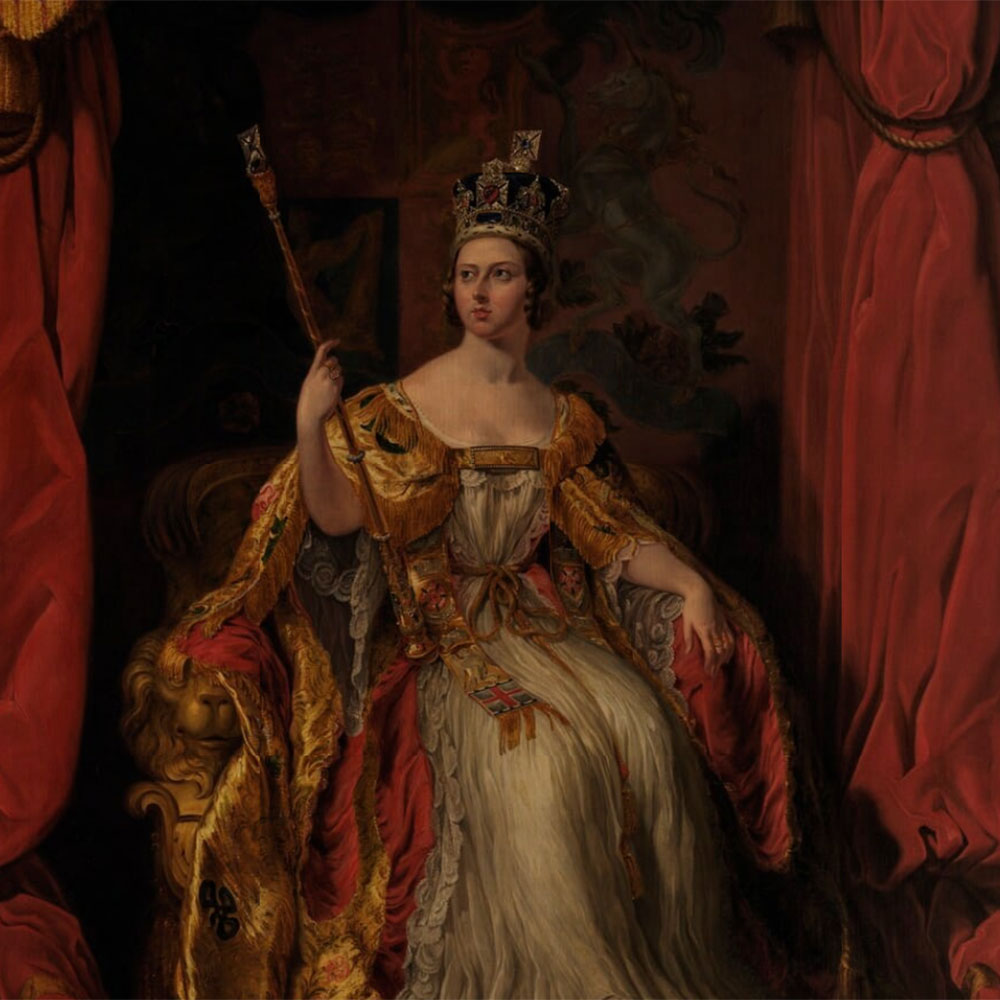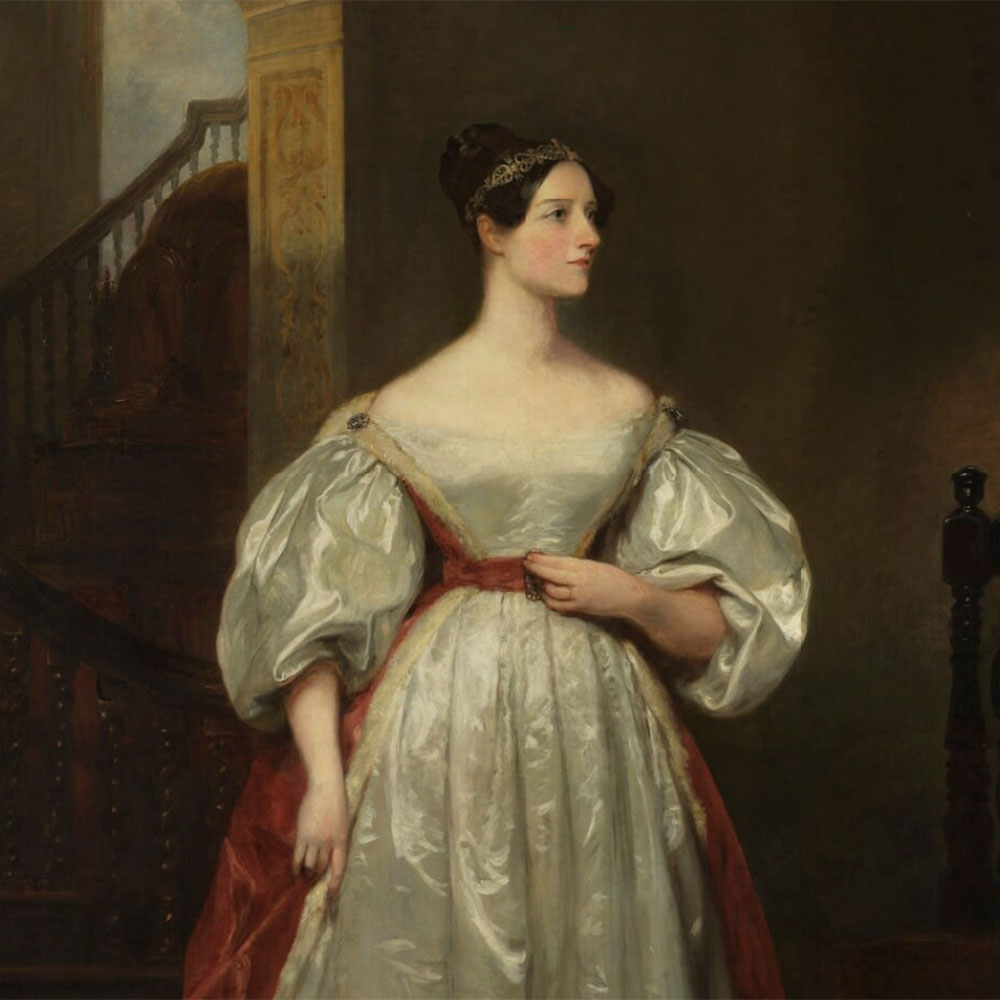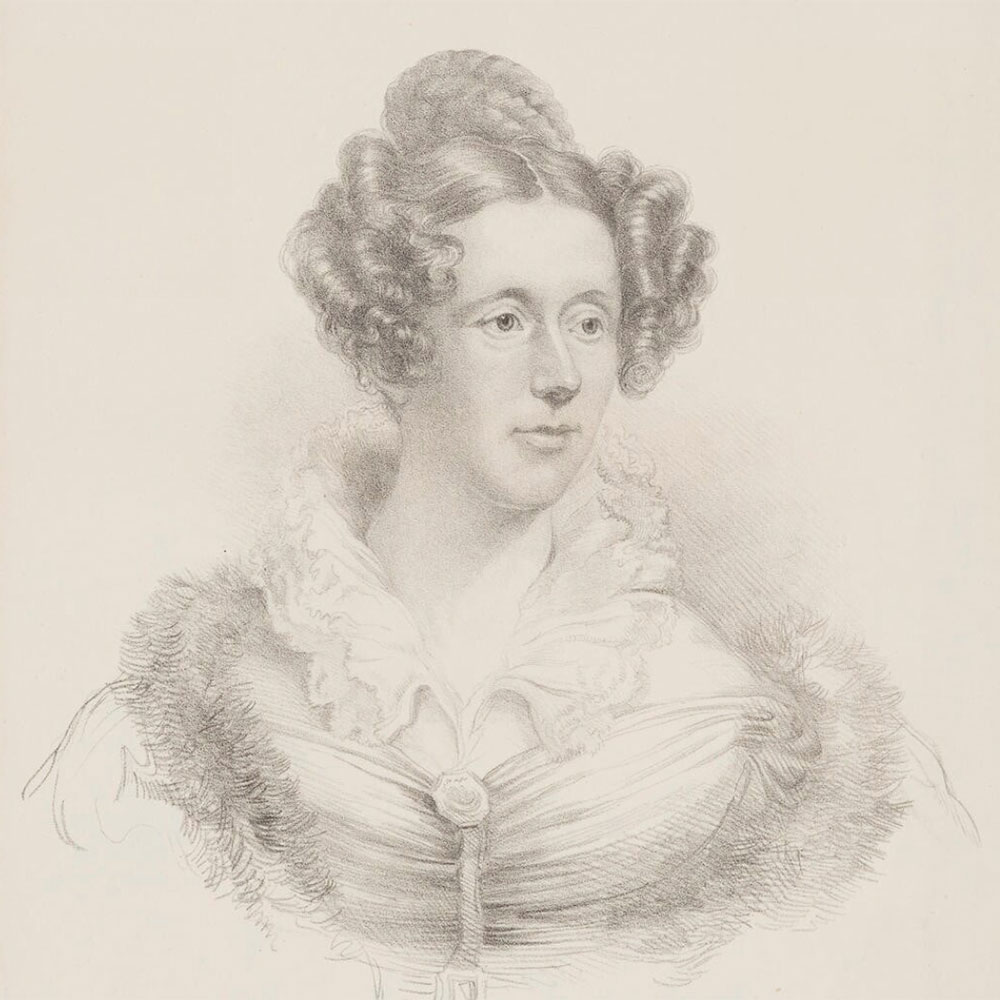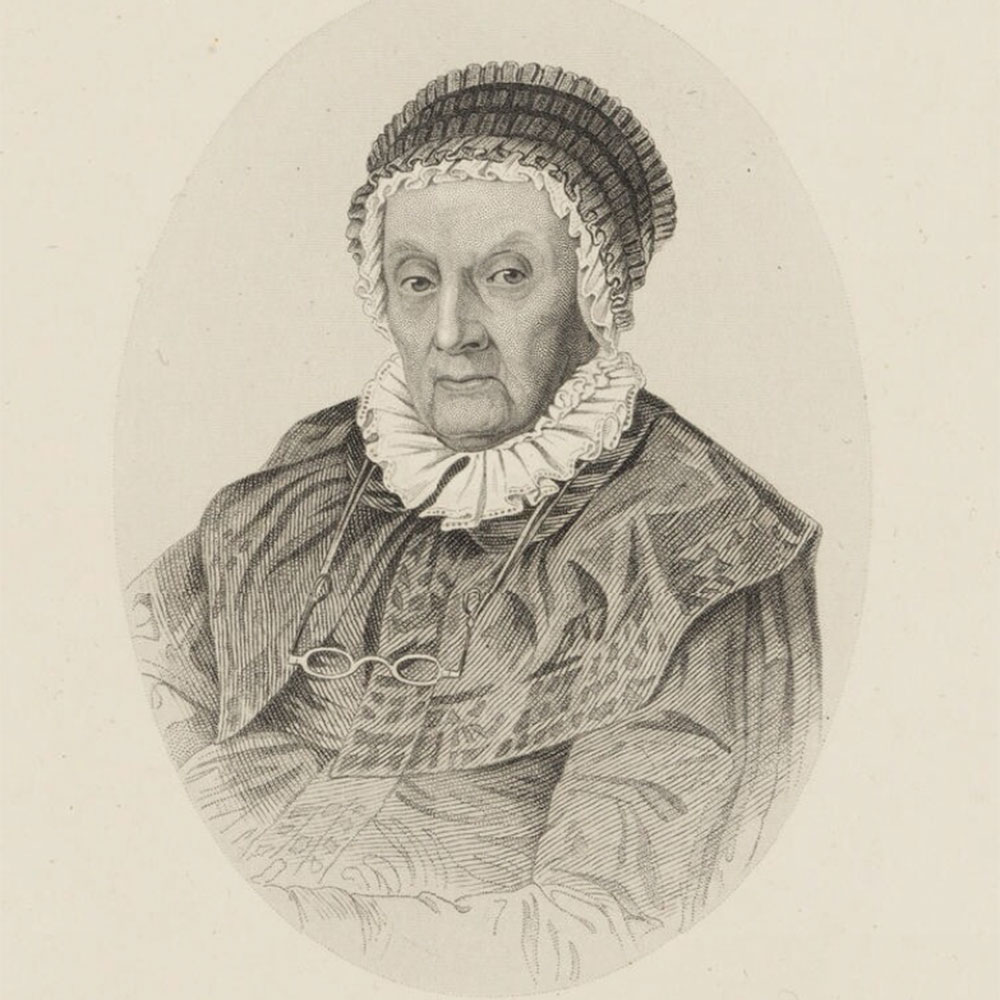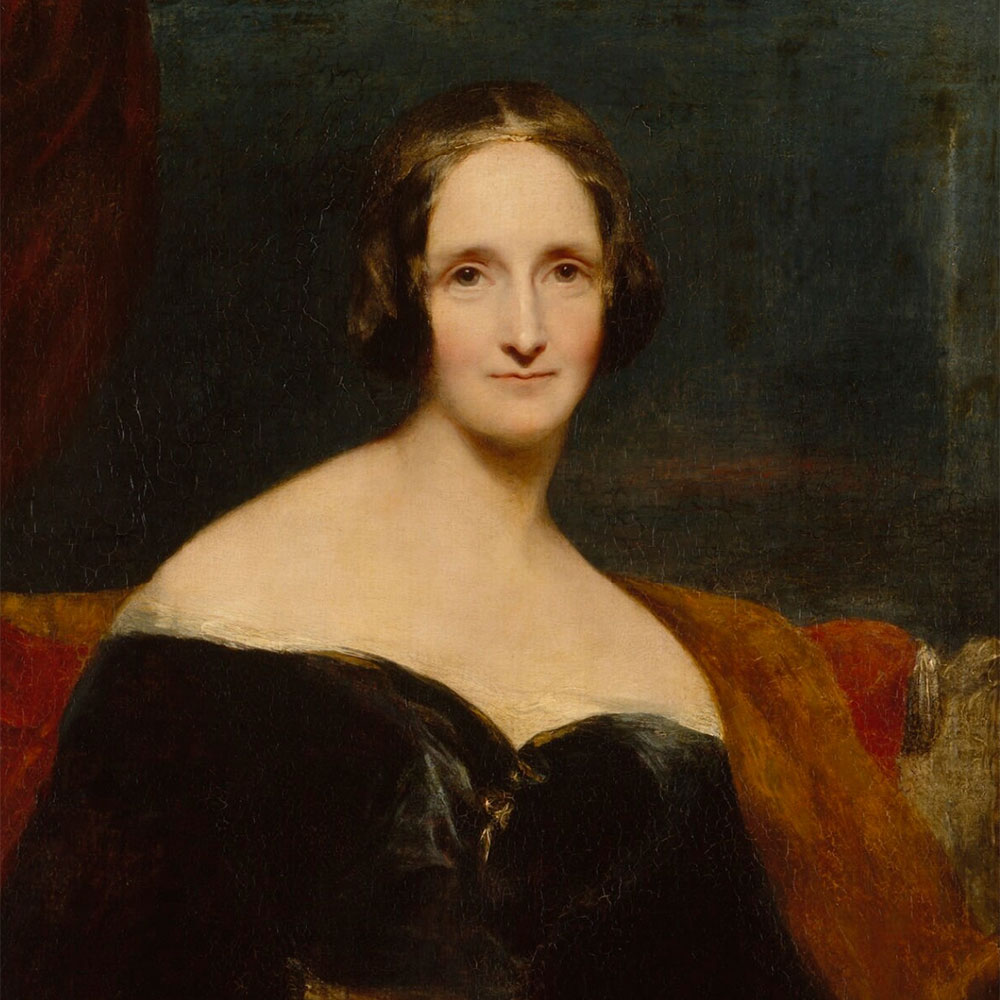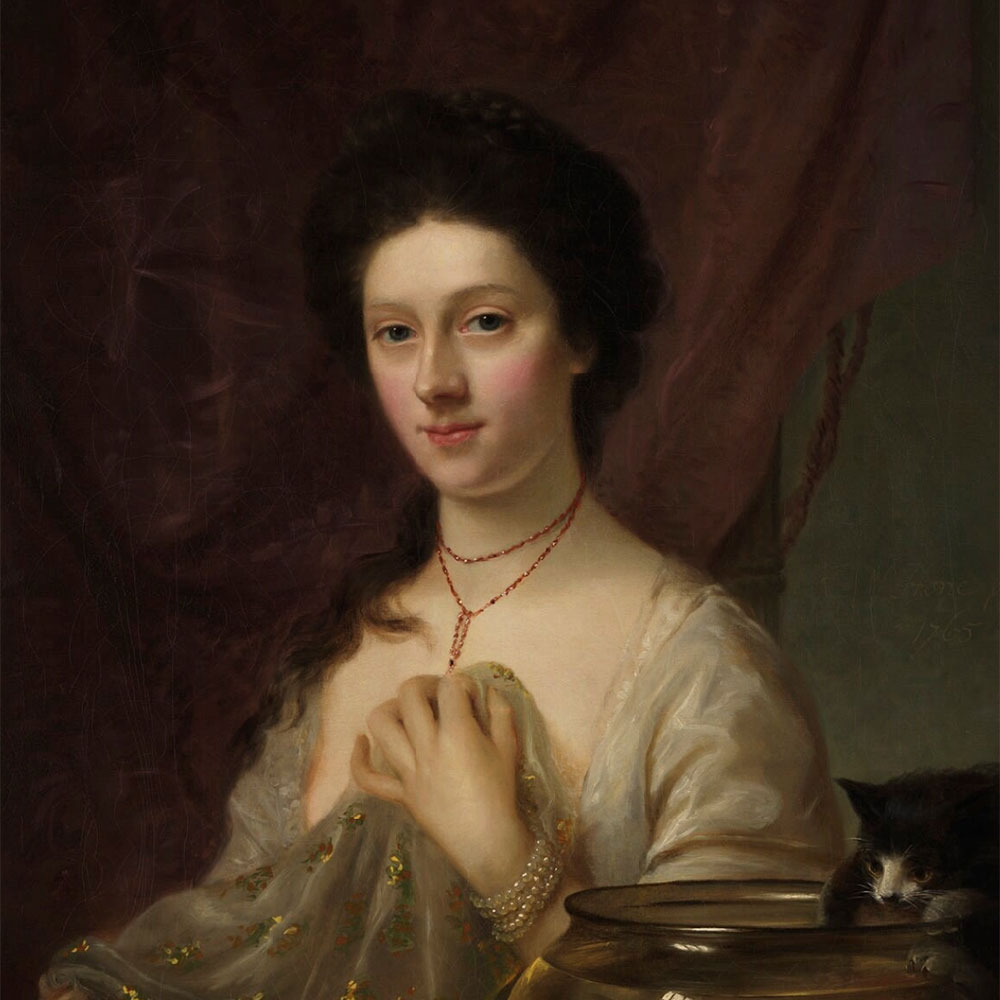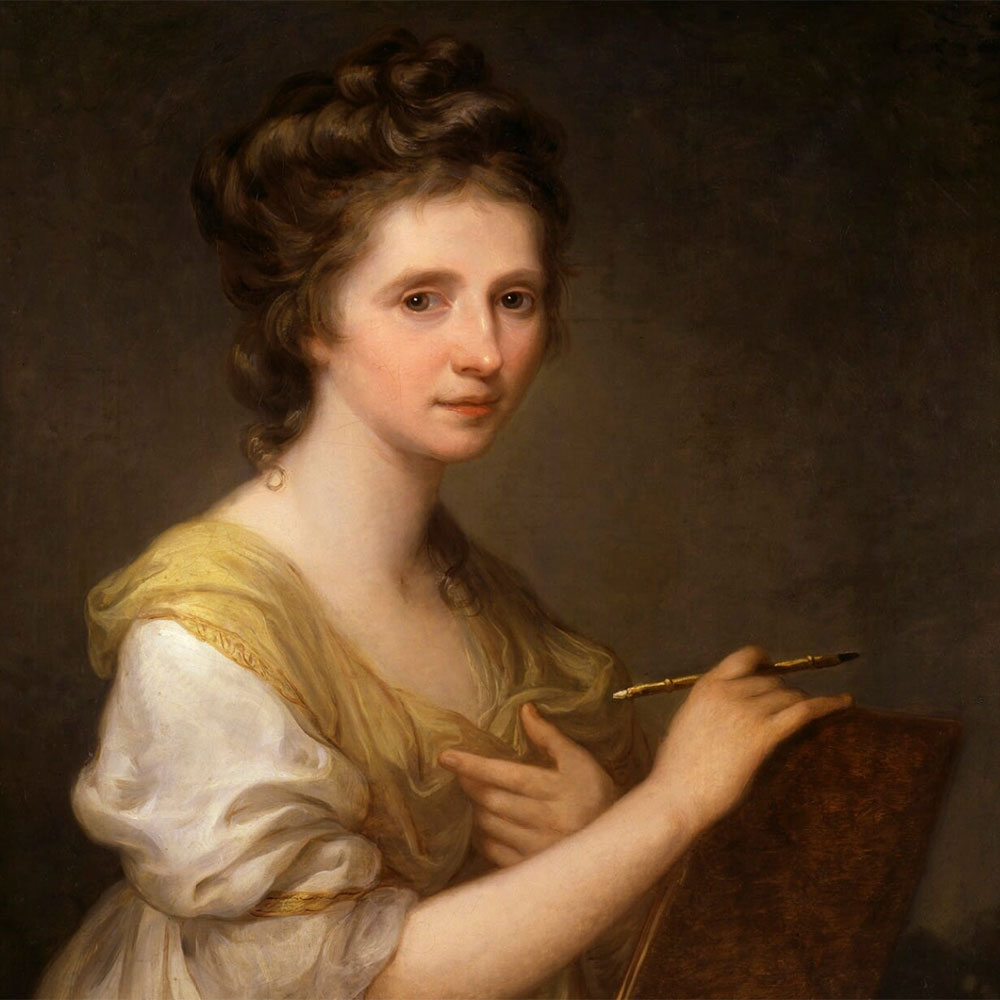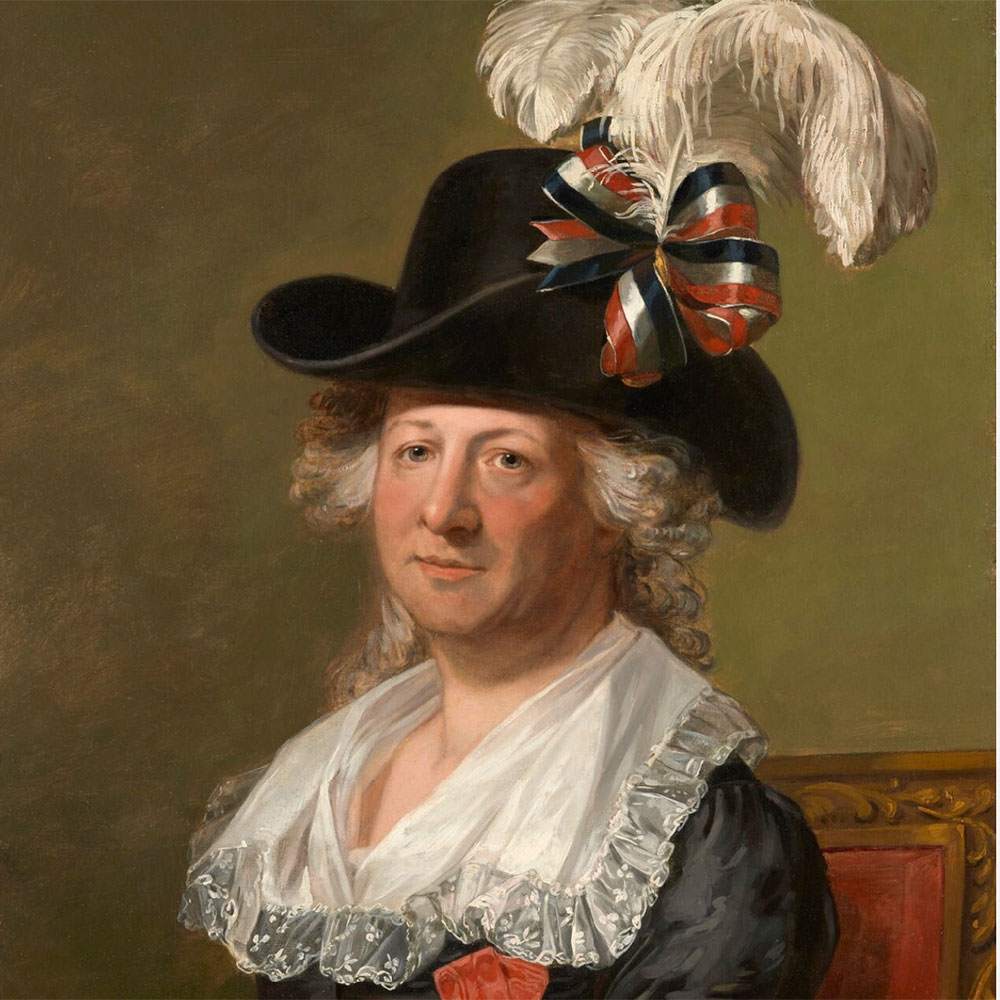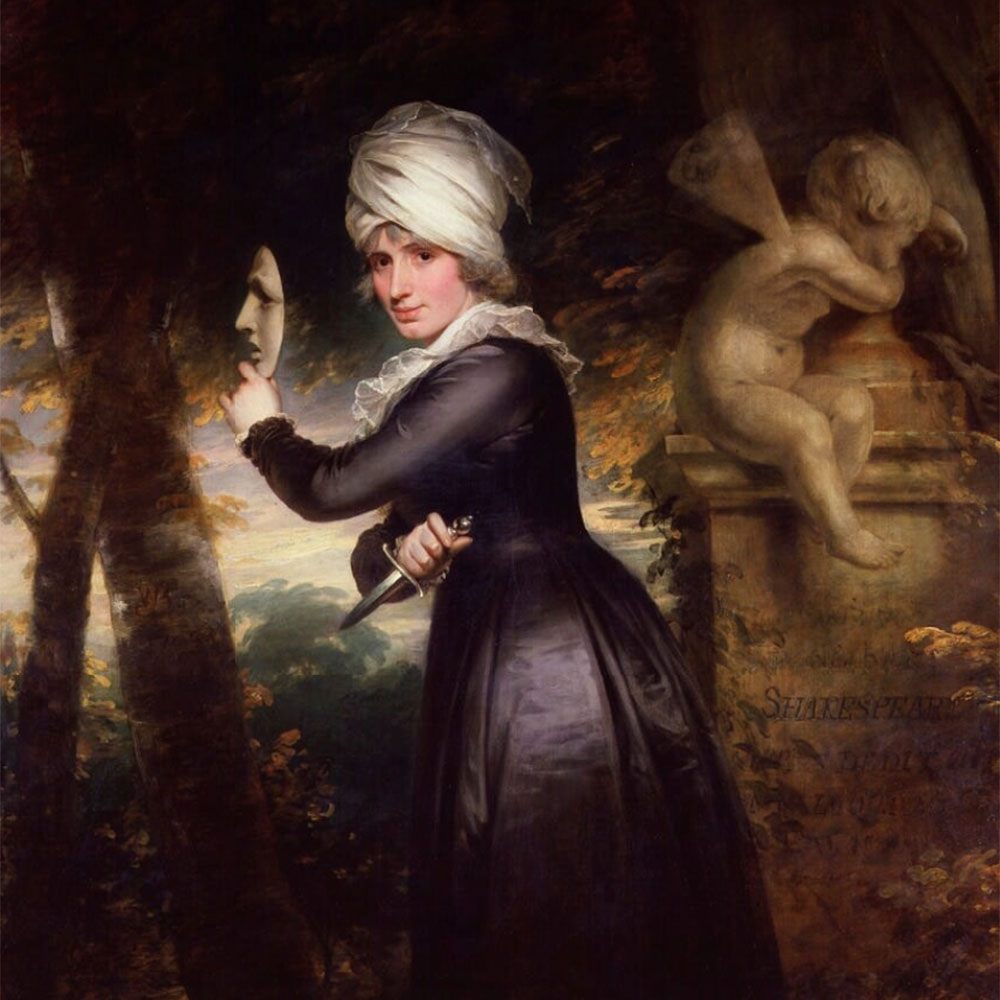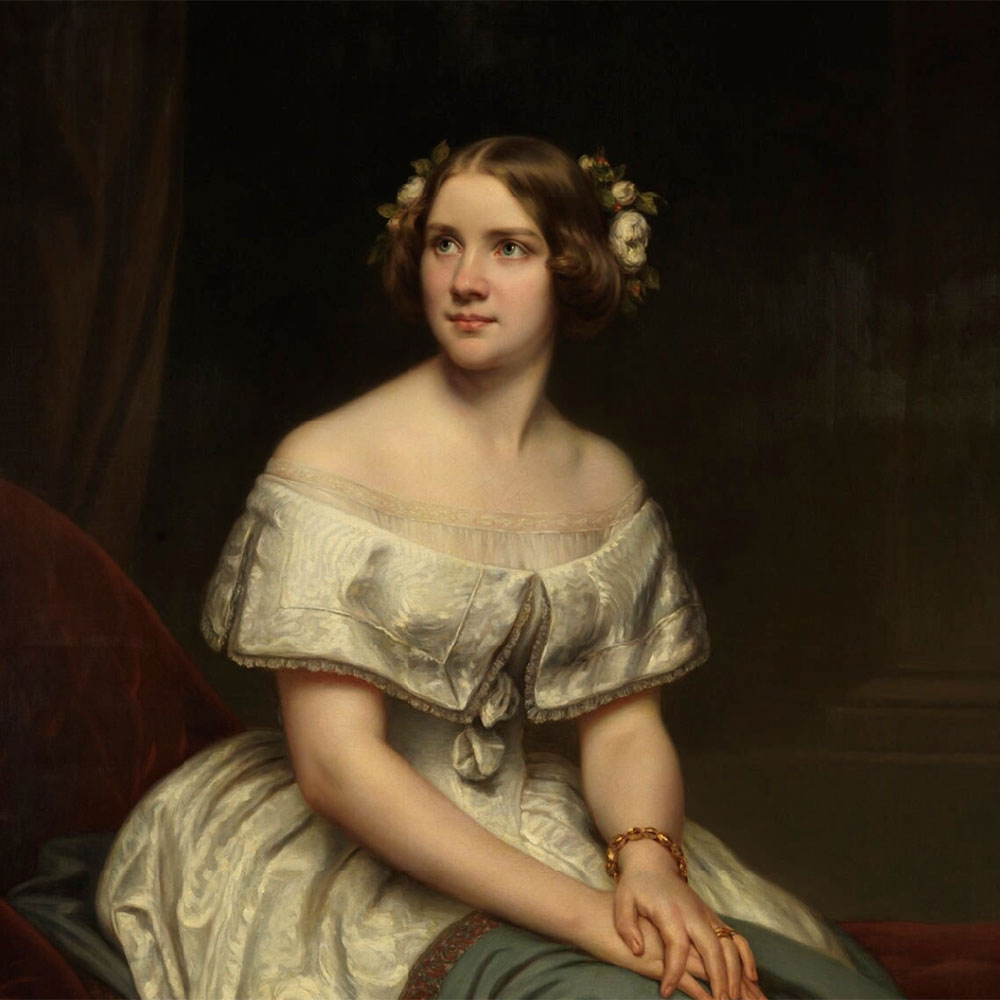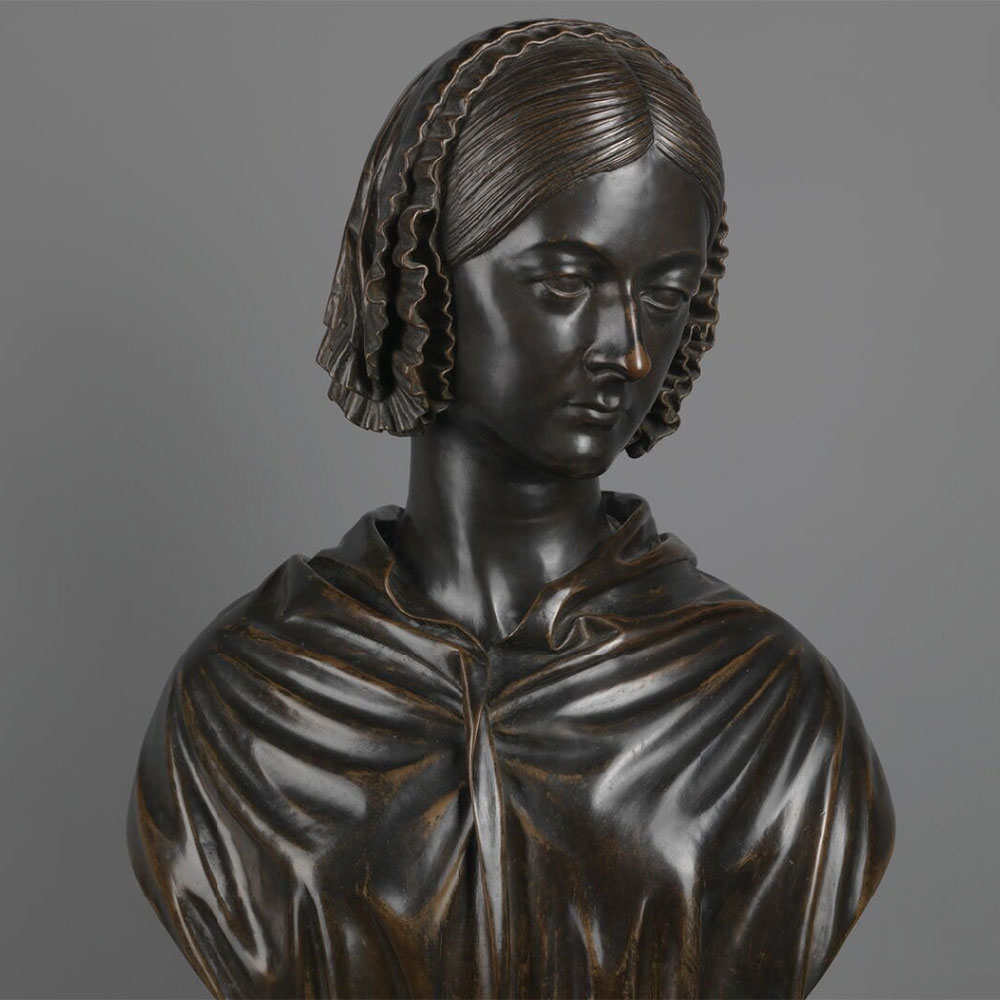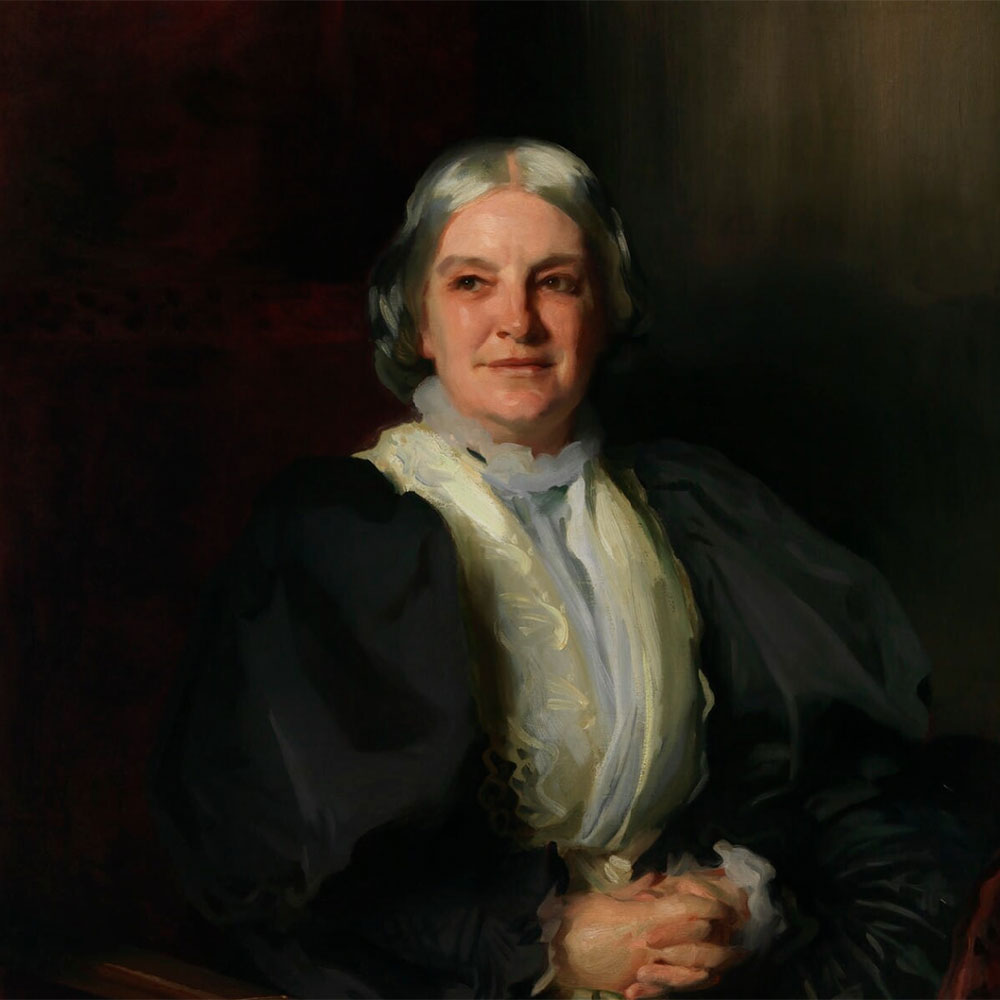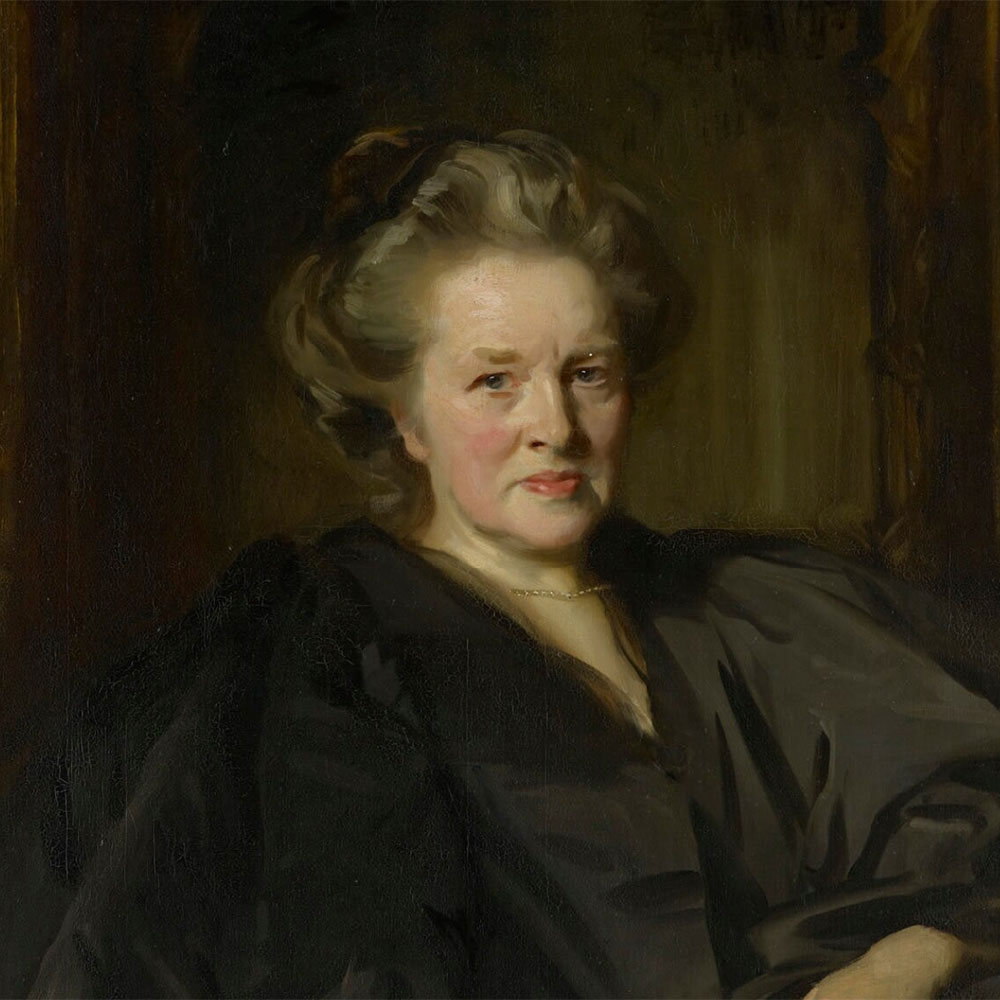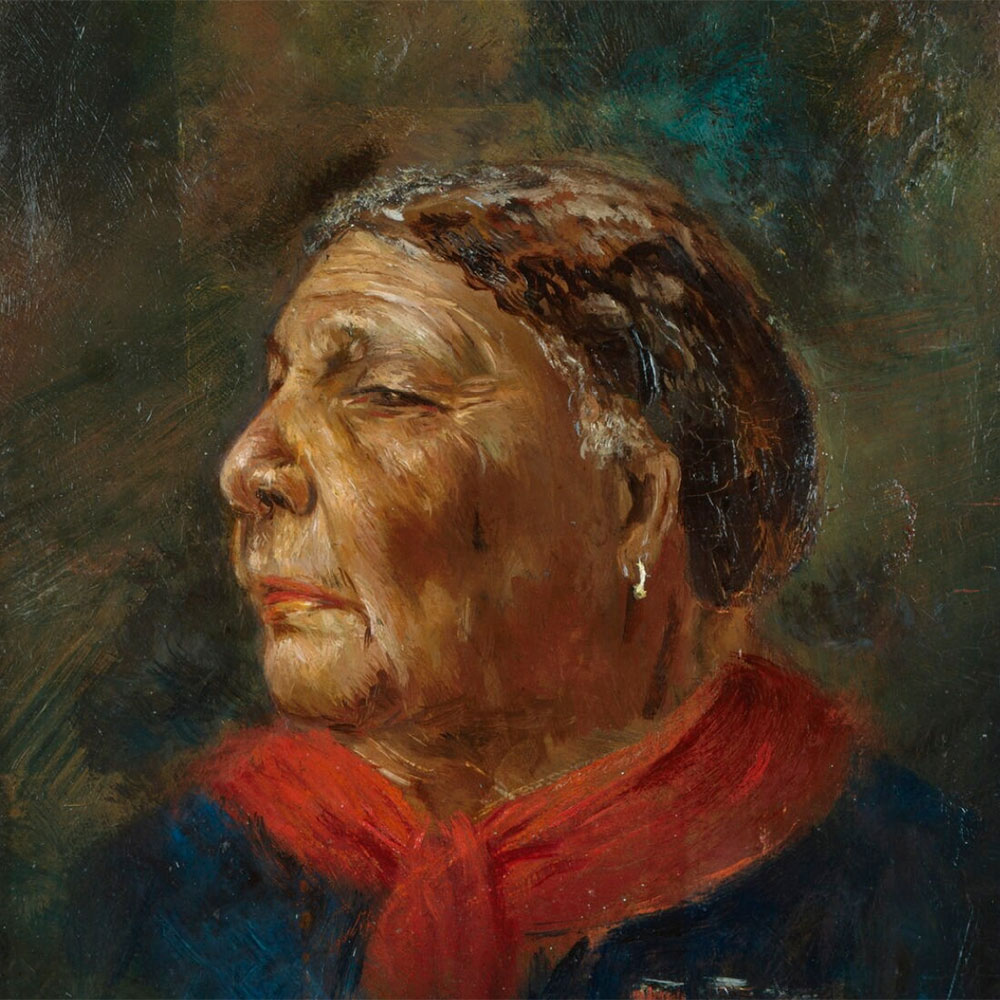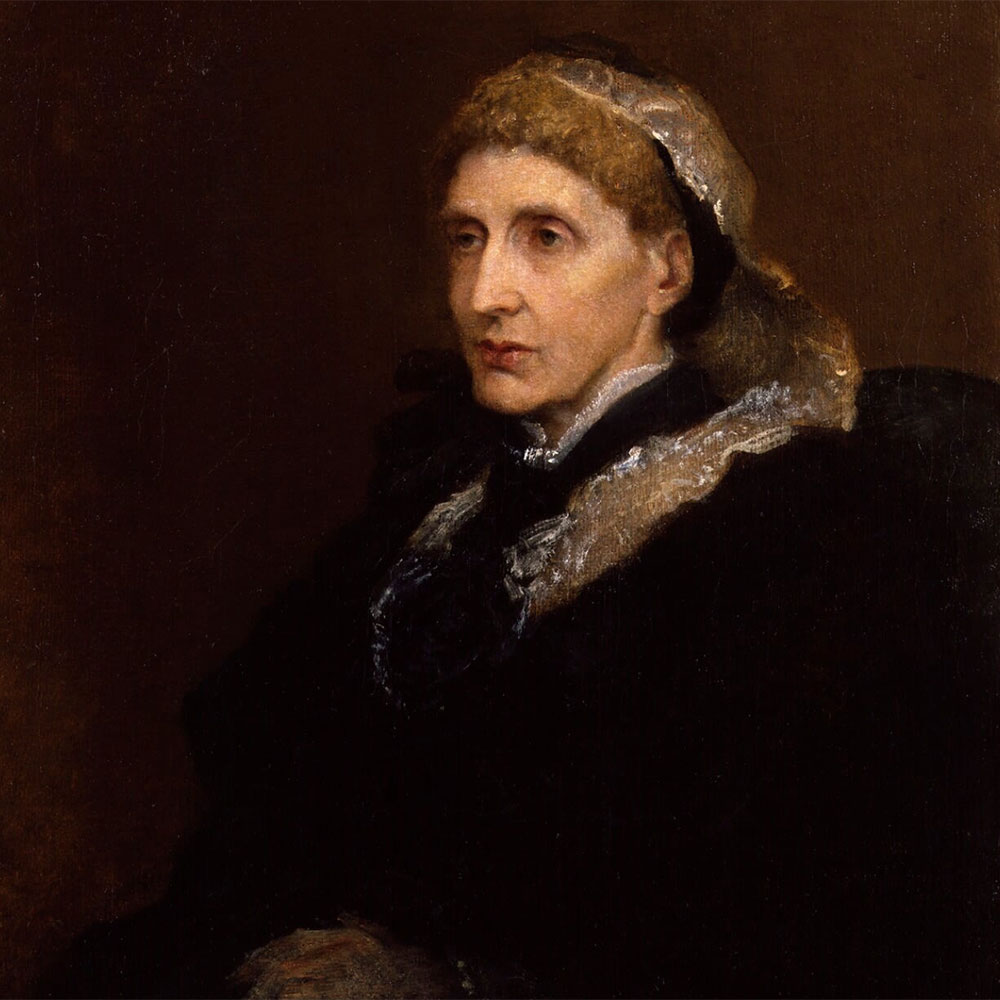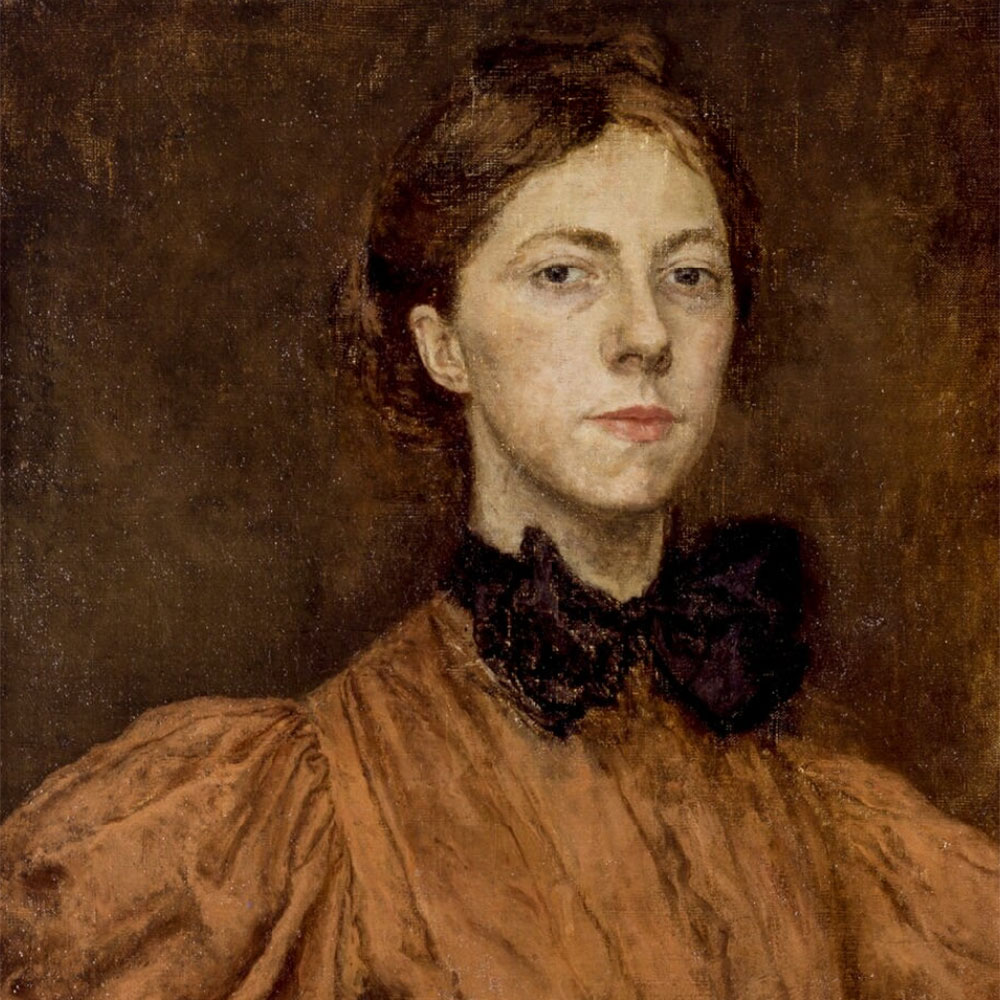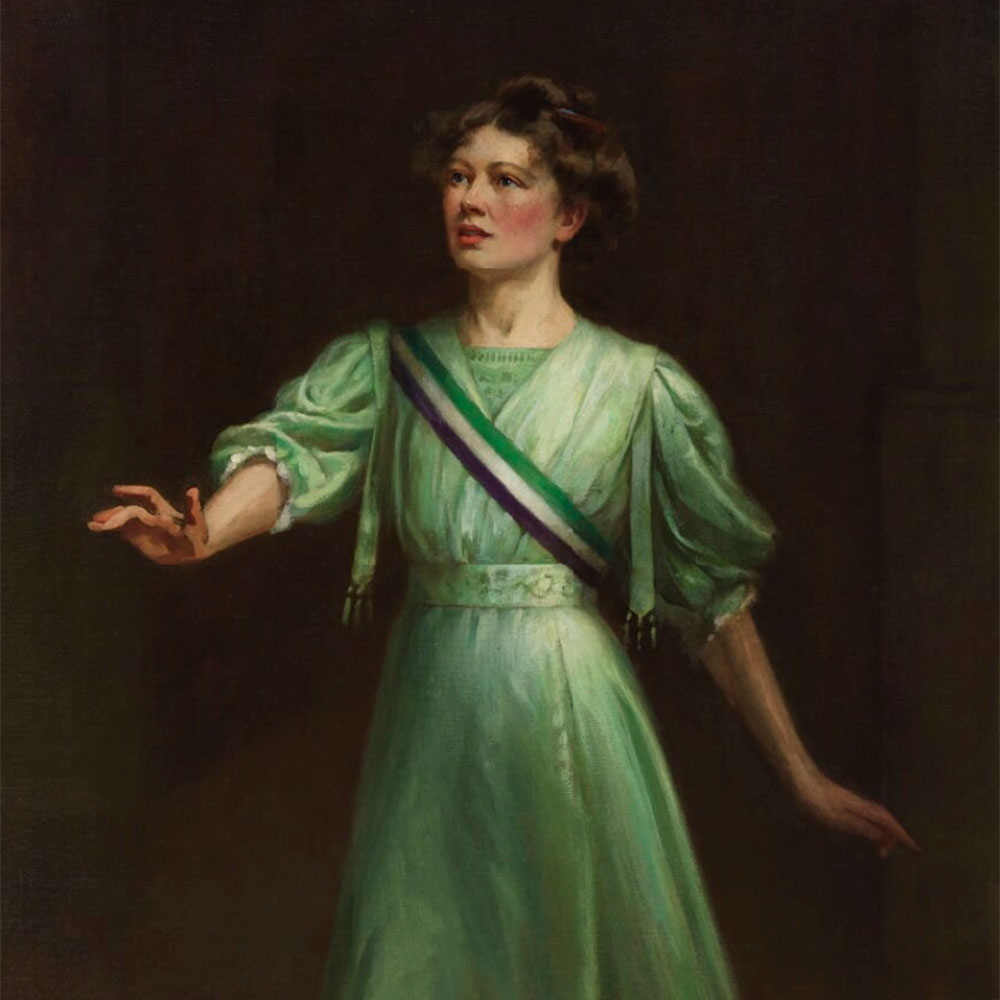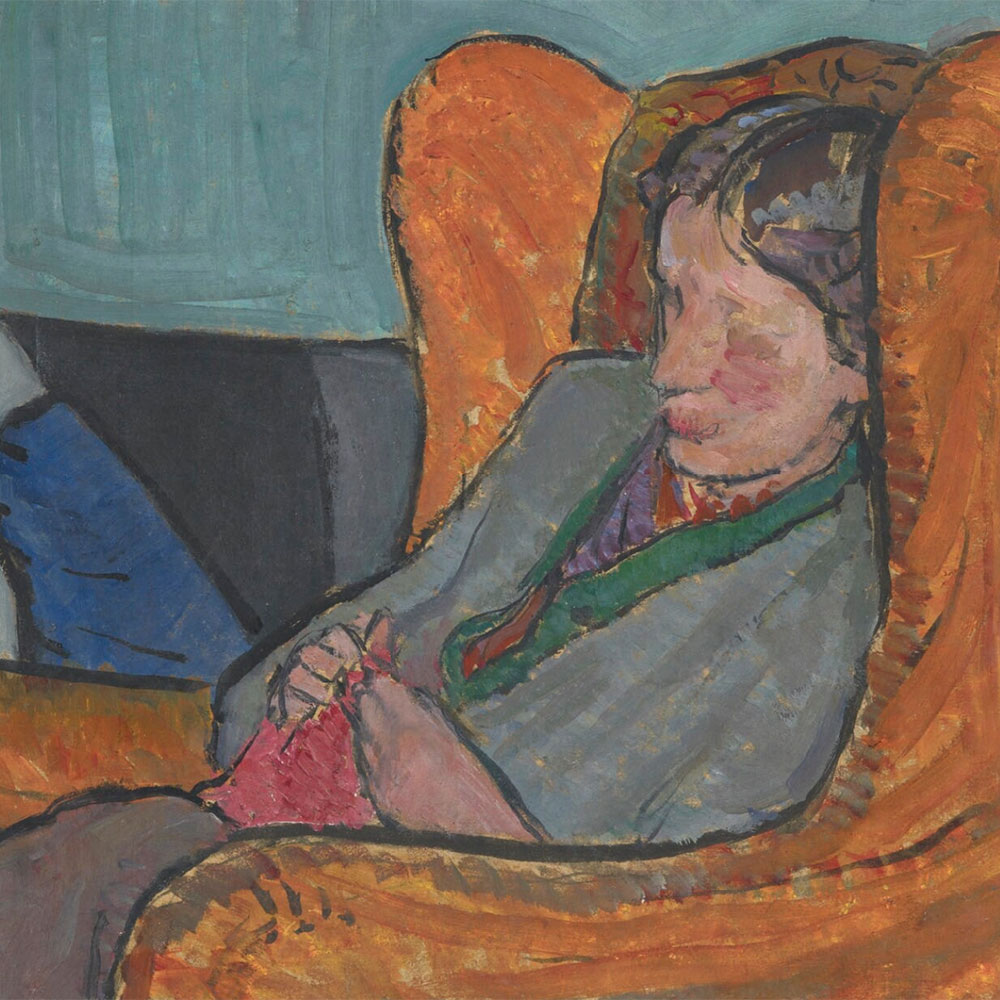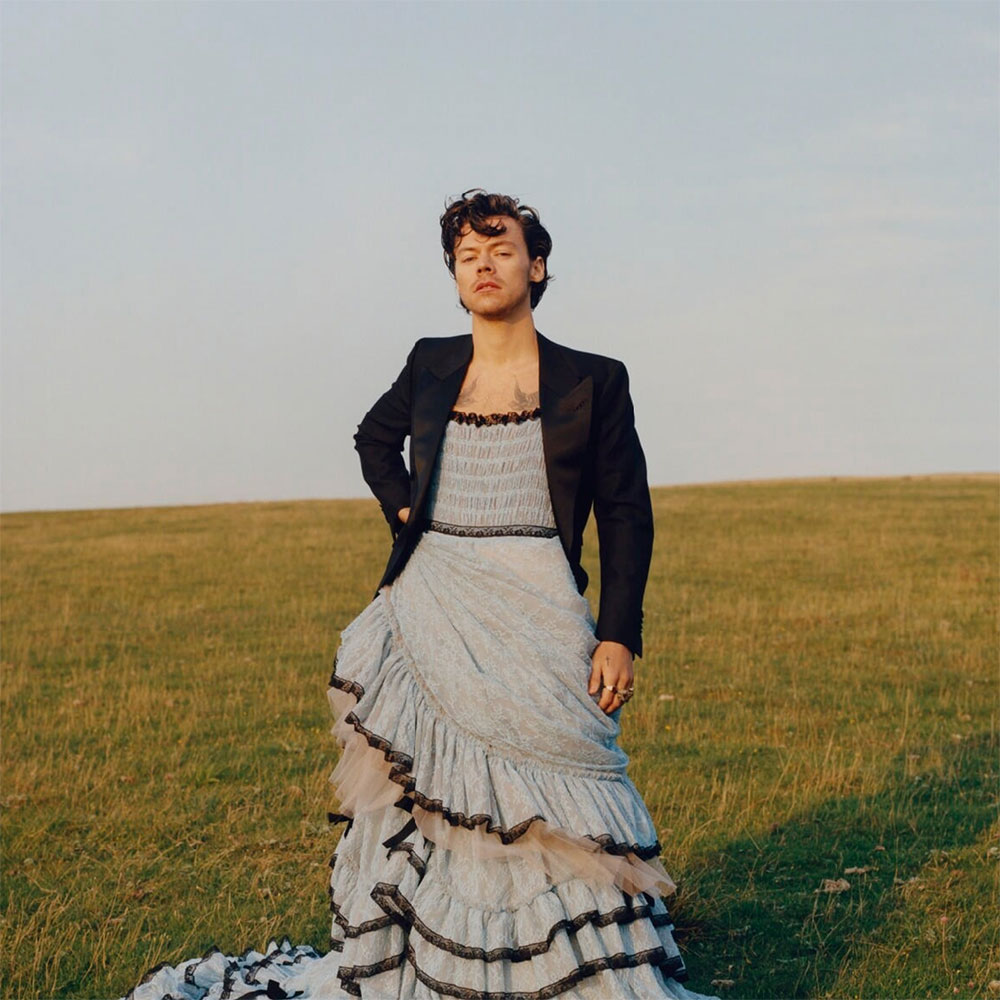National Portrait Gallery | MAP | FREE – Check on Free Tours, Late Nights | VIRTUAL MAP
Founded in 1856, the National Portrait Gallery tells the story of Britain through portraits, using art to bring history to life and explore living today. From global icons, to unsung heroes, the Collection is filled with the stories that have shaped, and continue to shape a nation.
The gallery houses portraits of historically important and famous British people, selected on the basis of the significance of the sitter, not that of the artist – which is an important point. The painting or sculpting technique is secondary to the sitter and the world they lived in.
After a massive, recent renovation, the NPG has emerged with a fresh look at the sitters themselves – what their background was, what their income was derived from and, most importantly, how they financed the portraits.
If you feel like treating yourselves, there is a great restaurant, The Portrait, with fabulous views across the rooftops of Trafalgar Sq.
Bodacious Babes Tour
‘You ought to consider the fact that these histories have been written by men, who never tell the truth except by accident.’ Any portrait caption you read underscores the importance of recognizing potential biases in historical accounts and actively seeking out diverse perspectives, including those of women, to gain a more complete and nuanced understanding of the past. All these women have their own history and their own story but it is rare that we can discover the truth.
Floor 3, Room 1 – Beginnings: The Tudors
You can’t make this stuff up! A cast of thousands – and all in this room. Let’s take a turn with the Tudors…
The Tudor dynasty ruled England, Wales and Ireland between 1485 and 1603. It was during this period that stand-alone painted portraiture first became a popular art form. The Tudors traced their family tree back through rival branches of the Plantagenet dynasty, the Houses of Lancaster and York. Their rule brought to an end the bloody civil wars that have come to be known as the Wars of the Roses. The earliest portraits were commissioned as memorials and practical tools in diplomatic negotiations. However, over the course of the 16th century, the scale and imagery of painted portraits became ever more ambitious.
Katherine of Aragon
by Unknown artist
oil on oak panel, circa 1520
Katherine of Aragon, queen of England, was the youngest daughter of Ferdinand of Aragon and Isabella of Castile. She was named Catalina (or Katherine as she was known in England) after her maternal great-grandmother. She came to England in 1501, aged fifteen, to marry Arthur, Prince of Wales, but only months after the marriage Arthur died. In 1509 she married Arthur’s younger brother, Henry VIII. They had five children, of whom only Princess Mary, later Mary I of England, survived. Katherine died in 1536, firm in her refusal to relinquish her title as queen of England, despite Henry VIII’s annulment of their union and remarriage to Anne Boleyn in 1533.
Anne Boleyn
by Unknown English artist
oil on panel, late 16th century, based on a work of circa 1533-1536
Anne Boleyn was courted by Henry VIII for years but refused to become his mistress. The king showered her with gifts and did not conceal his desire for her, wearing the motto ‘Declare I dare not’ at a joust. She finally married Henry in secret in 1533, before his first marriage to Katherine of Aragon had been officially annulled. Later in the same year their daughter Princess Elizabeth (later Elizabeth I) was born. Anne was committed to the cause of religious reform but clashed with Thomas Cromwell. By 1536 Henry had grown tired of Anne. Without a son, her status in the king’s eyes diminished and the king began to doubt the legitimacy of their marriage. Cromwell moved against her, raising suspicions that she had committed adultery. Anne was charged with adultery and incest and executed for treason at the Tower of London.
Jane Seymour
after Hans Holbein the Younger
oil on panel, circa 1537
Jane Seymour was born at Wolf Hall, Wiltshire, probably in 1509. She was the sister of Edward Seymour, later Duke of Somerset, and Thomas Seymour, Lord High Admiral. She came to Henry VIII’s notice as a lady-in-waiting, first to Katherine of Aragon and then to Anne Boleyn. Jane married the king in May 1536, less than a fortnight after Anne’s execution, and in October 1537 she fulfilled Henry’s most pressing ambition and gave birth to a son, later to become King Edward VI. Jane died twelve days later and was deeply mourned by Henry, who ordered that he would be buried beside her at Windsor.
Katherine Parr
attributed to Master John
oil on panel, circa 1545
Henry VIII’s sixth and last wife was a learned and pious woman, who had a moderating influence on the aging king. Katherine showed great kindness to the king’s children by his earlier marriages (Mary, Elizabeth and Edward), and tried to diminish religious persecution. After Henry’s death, she married Thomas Seymour, Baron Seymour of Sudeley in 1547, but she died a year later, shortly after giving birth to a daughter.
Queen Mary I
by Master John
oil on panel, 1544
The only surviving daughter of Henry VIII and Katherine of Aragon, Mary fell from favour during her parents’ divorce and was declared illegitimate after the annulment of her parents’ marriage. Mary resisted the religious changes instigated during the reign of her half-brother Edward VI. Following Edward’s death in 1553 she rallied her supporters and claimed the throne against the Protestant Lady Jane Grey. Aged 37, Mary became England’s first queen regnant, she married Philip II of Spain the following year. As a fervent Roman Catholic, she re-introduced the old religion and returned England to Catholicism but her persecution of Protestants contributed to her unpopularity. It was claimed that her unhappiness at Philip’s absence abroad, and at the loss of Calais in the war against France contributed to her final illness.
Queen Elizabeth I (‘The Ditchley portrait’)
by Marcus Gheeraerts the Younger
oil on canvas, circa 1592
Known as the ‘Ditchley Portrait’, this painting was produced for Sir Henry Lee who had been the Queen’s Champion from 1559-90. It was probably commissioned to commemorate an elaborate performance organized for the Queen in September 1592, held at Lee’s house, Ditchley, in Oxfordshire. The portrait shows Elizabeth standing on the globe of the world, with her feet on Oxfordshire. The stormy sky, the clouds parting to reveal sunshine, and the inscriptions on the painting, make it plain that the portrait’s symbolic theme is forgiveness. Covered in silks, pearls and precious stones brought to England via long-distance trading routes, Elizabeth is presented as the ‘Virgin Queen’. Her white dress is of a style that was more commonly associated with young unmarried women.
Mary, Queen of Scots
after Nicholas Hilliard
oil on panel, inscribed 1578
This portrait, which was once in the Royal Collection, is probably based on an image from the life. The Latin inscription records that she has been a prisoner for ten years. The cross attached to her rosary bears the letter ‘S’ (possibly for Stewart) on each of its arms. At its centre is an enameled scene of Susannah and the Elders surrounded by a Latin motto which can be translated as ‘troubles on all sides’. Although this portrait was once thought to be later, recent analysis of the panel support has dated the wood to the mid-sixteenth century, indicating that it was made during her lifetime.
Visit Tudor Architecture
Floor 3, Room 5 – Uniting Kingdoms: Creating a Nation, 1603–1800
Between 1603 and 1800, the nations of Scotland and Ireland came together with England and Wales to create the United Kingdom of Great Britain and Ireland. The nations shared monarchs from 1603, but Acts of Union in 1707 with Scotland and in 1800 with Ireland linked these countries to England and Wales under one Parliament. The unions were created for political, religious and economic reasons. They created a new British identity and nation, and met with different forms of resistance from the wider population and from rival royal dynasties. Meanwhile, varied national identities were communicated in new literary forms. Literacy spread, fed by new translations of the Bible into Welsh, Irish and Scots Gaelic as well as English.
Sarah Churchill (née Jenyns (Jennings)), Duchess of Marlborough
after Sir Godfrey Kneller, Bt
oil on canvas, circa 1702, based on a work of circa 1702
The wife of John Churchill, 1st Duke of Marlborough, Sarah Jennings was appointed Lady of the Bedchamber in 1683, and became a close friend and adviser to Queen Anne. Vivacious and adept at politicking, she used her position to further the military career of her husband. They shared a deep bond, referring to each other as “Mrs. Freeman” and “Mrs. Morley” to symbolize their equal footing in the friendship. Eventually in 1711, her self-confident dominance of the Queen provoked a quarrel and estrangement, and both she and the Duke were dismissed from their offices. Builder of Blenheim Palace & London’s Marlborough House.
Queen Anne
by Michael Dahl
oil on canvas, circa 1702
Reigned 1702-14. Anne was the second daughter of James, Duke of York (later James II), and Anne Hyde. In 1683 she married Prince George of Denmark; she had eighteen pregnancies but none of her children survived childhood. Anne was intimate with and dependent on Sarah, Duchess of Marlborough, whose husband, the Duke, controlled the war against France. However, she dismissed the Marlboroughs in 1711, largely because of her sympathy with Tory opposition to the Duke’s conduct of the war. The most important constitutional landmark of her reign was the Act of Union with Scotland in 1707.
Flora Macdonald
by Richard Wilson
oil on canvas, 1747
The daughter of an Outer Hebrides farmer, Flora Macdonald met Prince Charles Edward Stuart as he fled the Battle of Culloden in 1746. Flora helped him escape by boat to the Isle of Skye by disguising him as her maidservant. She was subsequently arrested and brought to London where she was imprisoned. After her release, in 1747, she was treated as a celebrity and mixed with distinguished members of London society, including Frederick, Prince of Wales who supported many of the king’s opponents.
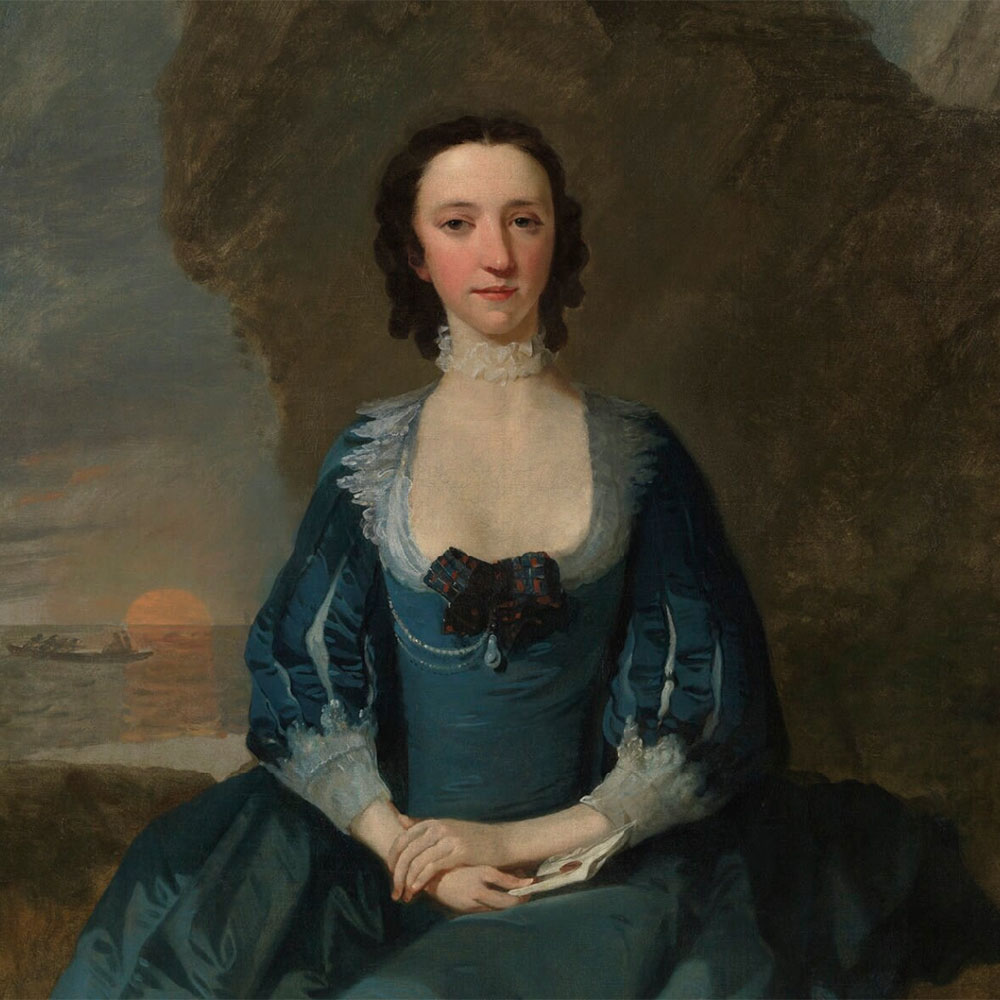
Floor 3, Room 4 – Creativity, Conflict and the Crown, 1600–1650
In the first half of the 17th century, the Stuart dynasty established itself as a European monarchy, building powerful alliances and rivaling other monarchies in encouraging the arts. The reigns of both James I and his son Charles I created conditions in which culture could flourish. Their queens consort brought new artistic influences from Europe and actively supported writers, painters, designers and composers. The kings’ autocratic behavior, however, fueled growing discontent in Parliament and among the wider population. Increasingly bitter struggles over power, religion and finance eventually led to war between England, Scotland and Ireland and civil war in England and Wales.
Anne of Denmark
by John De Critz the Elder
oil on canvas, circa 1606-1608
The daughter of Frederick II of Denmark, Anne married James VI of Scotland in 1589. During her time in Scotland she converted from Lutheranism to Catholicism, but James allowed her to practice in private, and her early life with him was relatively happy. Anne and James had seven children, although only Henry, Elizabeth and Charles lived beyond early childhood. In England, Anne made an important contribution to the social and cultural life at court, commissioning artists and writers – most notably Ben Jonson, composers and choreographers, as well as collecting art, particularly portraiture.
Princess Elizabeth, Queen of Bohemia and Electress Palatine
by Unknown artist
oil on panel, 1613
Elizabeth was the only surviving daughter of James I. In 1613 she married Frederick, the Protestant ruler of the Palatinate, an area of present-day Germany. In 1619, following a rebellion against the Catholic Habsburg rulers, Frederick accepted the throne of Bohemia. He and Elizabeth were expelled after less than a year, however, in one of the early battles of the Thirty Years’ War. Living in exile in The Hague, Elizabeth came to be seen as an ideal Protestant heroine; her hardships in exile, combined with her beauty, made her a legend in England as ‘The Winter Queen’. Her large family of children included Prince Rupert and Princess Sophia, the mother of King George I. There were some 50 Roman Catholic relatives with stronger claims!
Henrietta Maria
by Unknown artist, background by Hendrik van Steenwyck
oil on canvas, circa 1635
The youngest daughter of Henry IV of France and Marie de Medici, her marriage to Charles I in 1625 reflected James I’s policy to establish allies in Europe through the marriages of his children. After a rocky start, Henrietta’s relationship with Charles flourished. She gave birth to nine children and their family life was happy. Her Catholicism alienated many of her English subjects and added a pretext to the outbreak of war. She gave strong, loving support to Charles I during his troubles, and practical assistance during the Civil War by working hard to get diplomatic and practical help for the Royalist side. During the wars, Henrietta returned to France, pawning her jewelry to raise funds to personally bring munitions back to England.
Frances, Countess of Somerset
by the studio of William Larkin
oil on panel, feigned oval, circa 1615
Frances Howard, was a key figure in one of the greatest scandals of James I’s reign. Famous for her beauty, she was married to Robert Devereux, 3rd Earl of Essex in 1613. Whilst married, Frances began a relationship with Robert Carr, Earl of Somerset, a favorite of King James. Amid much public outrage, the marriage was annulled so Frances could marry Carr. Before the annulment came through, however, Frances arranged the murder of one of the couple’s most prominent critics, Sir Thomas Overbury. Two years later, in 1615 when found out, she confessed and with Carr, (now the Earl of Somerset), along with several accomplices, was convicted of poisoning Overbury who had opposed their marriage. The couple were imprisoned for several years until 1621 but eventually pardoned of their crime and released. History, and their contemporaries, judged Frances more harshly than her husband. It was said of Somerset: ‘If he had not met with such a woman he might have been a good man’.
Anne, Countess of Pembroke
by William Larkin
oil on panel, circa 1618
The only surviving child of 3rd Earl of Cumberland, Lady Anne Clifford became famous for fighting a long and determined legal battle over what she believed to be her rightful inheritance: extensive properties in Westmorland and Yorkshire, which her father had left to his brother. She was married, unhappily, first to the 3rd Earl of Dorset and later to the 4th Earl of Pembroke. After finally coming into her inheritance when her cousin died in 1643, she spent the last decades of her life restoring and rebuilding the castles and churches on her properties. She commissioned numerous portraits, including two large triptychs and works of family history. At her death she was probably the wealthiest noblewoman in England.
Floor 3, Room 6 – Civil War, Republic and the Return of the King
The 17th century was a time of violent political and social upheaval in the British Isles. From 1639 to 1651, a complex series of civil, religious and national wars, invasions and rebellions broke out in England, Wales, Scotland and Ireland. The wars culminated in the execution of Charles I and eleven years of republican rule. When the republic fell apart, the monarchy was restored in 1660 with popular support. King Charles II’s reign was characterized by decadence at court and continuing anxiety among the people about the political and religious direction of the country. Cultural and scientific developments were supported by expanding trading opportunities, including those from the newly established slave-trading Royal African Company.
Henrietta Anne, Duchess of Orleans
by Sir Peter Lely
oil on canvas, feigned oval, circa 1660
The youngest sister of Charles II, who called her ‘Minette’, Henrietta Anne was brought up a Catholic in France. She married the Duke of Orleans, brother of Louis XIV, in 1661, and worked thereafter for an alliance between England and France, and to convert Charles to Catholicism. One of her last acts was to come to England to negotiate the Treaty of Dover.
Catherine of Braganza
by or after Dirck Stoop
oil on canvas, circa 1660-1661
The Roman Catholic queen of Charles II and daughter of John, Duke of Braganza, later King of Portugal. Catherine came to England in 1662, bringing a dowry of Tangier, Bombay and £300,000. Shy, solemn and pious, she was regarded as unsophisticated and plain. Catherine became devoted to Charles, but her inability to provide him with an heir, and his many infidelities, caused her great unhappiness. However, he resisted pressure to divorce her, and seems to have felt genuine affection for her.
Barbara Palmer (née Villiers), Mistress of Charles II
by Sir Peter Lely
oil on canvas, circa 1664
Barbara Palmer (née Villiers), Duchess of Cleveland (1640-1709), Mistress of Charles II, shown here with her son, probably Charles FitzRoy, Duke of Cleveland – Charles’ eldest illegitimate son. The favorite mistress of Charles II during the 1660s, Barbara Villiers was a dominant presence both at court and in the public’s imagination. She married Roger Palmer, later the Earl of Castlemaine, in 1659, and met Charles soon after. She was appointed Lady of the Bedchamber to the Queen in spite of the latter’s protests. Regarded as the foremost beauty of her day, she acquired great wealth and had at least five children with the King. She became a Catholic in 1663, dabbled in politics, and was implicated in the fall of Clarendon. She was made a Duchess in her own right in 1670, when her influence with the King was beginning to wane.
Nell Gwyn, Mistress of Charles II
attributed to Simon Verelst
oil on canvas, circa 1670
Eleanor (‘Nell’) Gwyn (1650-1687), Actress; mistress of Charles II.
Eleanor Gywn, or ‘Pretty witty Nell’, as Pepys called her, came to London as an orange-seller, and rose to become one of the leading comic actresses of the day, and mistress to the King, Charles II. The playwright Dryden supplied her with a series of saucy, bustling parts, ideally suited to her talents. She had two sons by the King, and the elder, Charles Beauclerk, was created Duke of St Albans. She was said to have been remembered by Charles on his deathbed with the words ‘Let not poor Nelly starve’.
Louise de Kéroualle, Duchess of Portsmouth, Mistress of Charles II
by Pierre Mignard
oil on canvas, 1682
Louise de Kéroualle, Duchess of Portsmouth (1649-1734). The current dukedom of Richmond was created in 1675 for Charles Lennox, her illegitimate son with Charles II. Louise de Kéroualle first came to England from France in 1670 as a maid of honor to King Charles II’s sister, the Duchess of Orleans. A few months later, after the death of her mistress, she returned to England to become an attendant to the English queen, Catherine of Braganza. After about a year in this role, with the encouragement of the French government, who hoped that she would be a diplomatic asset, she became Charles II’s mistress. In 1972, 10 months after the relationship began, de Kéroualle gave birth to their son Charles, Duke of Richmond. In 1673, de Kéroualle was created Duchess of Portsmouth. She had some influence in both national and international politics, but was generally unpopular because of her nationality and religion. John Evelyn noted her ‘childish, simple and baby face’.
Floor 3, Room 7 – Royalty, Religion and Revolution, 1685–1700
Towards the end of the 17th century, the majority Protestant population in England, Wales and Scotland increasingly feared a return to Catholic rule. Charles II was succeeded by his Catholic brother James II in 1685. James suspended Parliament when it disagreed with him and he placed Catholics in powerful positions. In 1688, a group of British politicians secretly invited James’s nephew, the Dutch ruler William of Orange, to invade. His troops met little resistance and James fled the country. The throne was offered jointly to William and his wife Mary, who was James’s daughter. The Bill of Rights of 1689 placed limits on their power and laid down that all future monarchs should, like them, be Protestant.
Queen Mary II
by Sir Peter Lely
oil on canvas, circa 1677
The eldest daughter of James, Duke of York, later James II, and Anne Hyde. Mary married the Dutch prince William of Orange at St James’s Palace in 1677, and returned with him to The Netherlands. In the dilemma of the 1688 Revolution she supported her husband and Protestantism rather than her Catholic father, and was invited to return to England in 1689 to share the monarchy with William. She proved a wise and effective ruler, especially during William’s absences at war, and her many charitable schemes included the College of William and Mary. Queen Mary II and her husband, William III, did not have any surviving children. They had a total of three pregnancies, all of which resulted in stillbirths or miscarriages. Mary died in 1694 at the age of 32. Because they had no surviving children, Mary’s sister, Anne, inherited the throne after William’s death.
Mary of Modena
by Willem Wissing
oil on canvas, circa 1685
Roman Catholic Queen of James II and only daughter of Alfonso IV, Duke of Modena. A devout Catholic, Mary intended to enter a convent and become a nun but was persuaded by Pope Clement X to devote herself instead to supporting Catholicism in Britain. At the age of 15 she entered into marriage with James who was 40; his eldest daughter Mary (later Mary II) was just four years younger than her new stepmother. The queen dedicated herself to the conversion of England, but her support of her husband’s pro-Catholic policies made her unpopular. When she gave birth to her son James Francis Edward in 1688, she faced accusations that the baby was not her true child but a changeling smuggled into the birthing room in a warming pan. This rumor, fueled by religious and political tensions, contributed to the Glorious Revolution, which saw James II deposed and Mary and her son exiled to France.
Visit 17thc Architecture
Floor 3, Room 9 – Art, Science and Society, 1660–1760
Creativity and scientific discovery flourished in a rapidly changing Britain. The balance of power between monarch and Parliament shifted and new developments increasingly took place outside the royal court, involving more members of the growing middle class. Clubs and societies were established to compete with developments in other European countries. The Royal Society was founded ‘for Improving Natural Knowledge’ and artistic, musical and literary groups were formed to promote their interests and to educate. The end of press censorship in 1695 allowed an unprecedented level of information and debate. This stimulated the growth of periodicals, feeding a public appetite for cultural criticism, news and gossip.
Lady Mary Wortley Montagu with her son, Edward Wortley Montagu, and attendants
attributed to Jean Baptiste Vanmour
oil on canvas, circa 1717
Daughter of the Duke of Kingston, Mary Wortley Montagu was a writer and intellectual who led an adventurous and unconventional life. She secretly married Edward Wortley Montagu (1678-1761) in 1712 and accompanied him abroad on his mission to Constantinople in 1716. She lived in Constantinople from 1716–18 while her husband was ambassador there. The country and its people fascinated her; her letters home cover a huge range of topics. While there, she became a victim of smallpox which left her badly marked. Having nearly died of smallpox herself, she had her four year old son Edward Wortley Montagu inoculated against the smallpox disease using live virus. On her return home in 1718, she campaigned energetically to promote inoculation in Britain, where the deadly disease was common. The campaign was controversial, like many later inoculation campaigns. Research by the Royal Society discovered the practice was already in use in part of Wales and established the inoculation’s effectiveness. A literary bluestocking and leader of society in London, her celebrated Letters, written from abroad, were published posthumously.
Elizabeth Carter (‘Elizabeth Carter as Minerva’)
by John Fayram
oil on canvas, circa 1735-1741
Elizabeth Carter (1717-1806), Scholar and writer. Encouraged by her father, a clergyman, to study, Carter applied herself with such perseverance that she became one of the most learned Englishwoman of her time, being mistress of Latin, Greek, Hebrew, and Arabic, besides several modern European languages. She rendered into English De Crousaz’s Examen de l’essai de Monsieur Pope sur l’homme (1739); Algarotti’s Newtonianismo per le Donne; the works of Epictetus (1758) and wrote a volume of poems. An icon of virtue and learning, Carter was later sought out by aspiring women writers, including the literary critic Elizabeth Montagu, with whom she developed a lifelong friendship and helped to establish the Bluestocking Circle.
Susannah Maria Cibber (née Arne)
by Thomas Hudson
oil on canvas, feigned oval, engraved 1749
Cibber was a celebrated actress who had a long stage partnership with David Garrick. She began singing professionally to support her family in the late 1720s, and was promoted by her brother, the composer Thomas Augustus Arne, and Handel, her music teacher, who composed the contralto songs in The Messiah for her to perform, which she did at its premier in 1742.
Visit 18thc Architecture
Floor 3, Room 10 – Portraying Colonial Expansion & Experience
British history did not just happen in the United Kingdom. The British competed with other European powers to dominate shipping routes, land and natural resources across the globe. The impact on the colonized peoples and their colonizers was profound. Though there was resistance, many Indigenous communities were devastated. Millions were kidnapped and trafficked from Africa. Those that survived the journey were forced into enslaved labour in America, the Caribbean and Britain. Portraits represented soldiers, naval officers and colonial diplomats as brave leaders with exotic lives. A few of the Indigenous people who came to Britain were also romanticized in this way. We also see a rise in portraits of independent women – able to support themselves and their families.
Frances Trollope
by Auguste Hervieu
oil on canvas, circa 1832
Novelist Frances Trollope, known as Fanny, advocated for civil rights in her novels and travel writing. Driven by financial necessity, she travelled to America in 1827 to rescue the family fortunes. Her husband succumbed to various speculative schemes, each more disastrous than the last. From 1827-30 she was in America where she tried to open an arcade in Cincinnati, but her business ventures all failed. She visited a friend’s project to assist black slaves near Memphis, Tennessee. This, too, collapsed but left Fanny with a deep hatred of slavery. However, she then decided to record her experiences as Domestic Manners of the Americans (1832): ‘What I have written will make it evident that I do not like America.’ The book was a scathing attack on the treatment of enslaved and Indigenous peoples: ‘You will see them with one hand hoisting the cup of liberty… the other flogging their slaves’, she wrote. She also published the first anti-slavery novel. The success of her writing allowed the now-widowed Fanny and her many children including novelist Anthony Trollope, to live at last in comfort.
Fanny Kemble
by Peter Frederick Rothermel
oil on canvas, 1849
Frances Anne (‘Fanny’) Kemble (1809-1893), Actor and author. A successful actress from a theatrical family; her father was Charles Kemble and her aunt, Sarah Siddons. Following a string of London hits she travelled to America. There she married an American planter, Pierce Butler, in 1834. Visiting his estates in Georgia, she was appalled that the source of his wealth was slavery and tried to alleviate the suffering she found there. They divorced in 1848-9. With the outbreak of the American Civil War, her Journal of a Residence on a Georgian Plantation in 1838-9 was published in 1863 by abolitionists. She lived in Britain and in the United States, writing and occasionally giving public readings. She is buried in Kensal Green Cemetery, London.
Julia Margaret Cameron
by George Frederic Watts
oil on canvas, 1850-1852
Julia Margaret Cameron (1815-1879), Pioneer photographer. Born in Calcutta, educated in England and Paris, she married Charles Hay Cameron, a lawyer, in Calcutta in 1838, and moved to England on his retirement. Cameron was given her first camera 1863 and had her first exhibition at Colnaghi’s in 1865. Despite her success, in 1875 she left Britain for Ceylon (now Sri Lanka) where they had coffee plantations, remaining there until her death three years later. Cameron is best known for her portraits of great Victorians such as Darwin, Herschel, Watts and Tennyson and illustrations to the latter’s Idylls of the King. Her unfinished autobiography Annals of my Glasshouse was written in 1874 and published in 1889.
Floor 3, Room 12 – Radicals, Resistance and Reform, 1780–1850
British history did not just happen in the United Kingdom. The British competed with other European powers to dominate shipping routes, land and natural resources across the globe. The impact on the colonized peoples and their colonizers was profound. Though there was resistance, many Indigenous communities were devastated. Millions were kidnapped and trafficked from Africa. Those that survived the journey were forced into enslaved labour in America, the Caribbean and Britain. Portraits represented soldiers, naval officers and colonial diplomats as brave leaders with exotic lives. A few of the Indigenous people who came to Britain were also romanticized in this way. We also see a rise in portraits of independent women – able to support themselves and their families.
Mary Wollstonecraft
by John Opie
oil on canvas, circa 1797
A political radical and author, Wollstonecraft is now regarded as one of the founders of modern British feminism, calling for equal rights for all. In her Vindication of the Rights of Woman of 1792, she powerfully argued for the education, liberation and independence of women: ‘Women ought to have representatives, instead of being arbitrarily governed without any direct share.’ She was a member of the London-based radical intellectual circle that included Tom Paine and William Godwin, whom she later married. She welcomed the French Revolution’s promise of a fairer society and travelled to Paris where she witnessed Louis XVI going to the guillotine in 1793. In her Vindication of the Rights of Men of 1790, she attacked Edmund Burke’s conservatism. Tragically, she died after complications giving birth to her daughter Mary, the future author of Frankenstein (1818). Godwin’s startlingly frank Memoirs of Mary Wollstonecraft (1798) dominated the public perception of her for decades after her death. Women’s voting rights were partially achieved in 1918, well over a century later.
Harriet Martineau
by Richard Evans
oil on canvas, exhibited 1834
An influential and determined author, Harriet Martineau specialised in political economy, education, sociology and other topics that were, at the time, usually considered inappropriate for women to explore. Troubled by poverty and ill health in childhood, Martineau sent articles, stories and poems to magazines to earn money for her family. Martineau was one of a number of women who campaigned for the abolition of slavery in Britain and across the world. She travelled to America in 1834 but met hostility in the north and had to end her visit in 1835, after the visit to America she wrote an article highlighting the horrors of slavery there. She wrote Society in America (1837) to describe her experiences and How to Observe Morals and Manners (1838) to advise other travelers. Among her many other works of theory, fact and fiction, she also wrote The Hour and the Man, a ‘historical romance’ about Toussaint L’Ouverture, the leader of the Haitian Revolution. One of few women to attempt a full-scale autobiography at this time, many contemporaries found her professional success unpalatable, prompting the writer Margaret Oliphant to describe the book as a ‘terrible instrument of self-murder’. She was also ridiculed for her growing interest in mesmerism (hypnosis).
Floor 3, Room 13 – Everyday Portraits
Portraits are not only found on the walls of galleries — we encounter them everywhere. They are in our homes, our pockets, in shops and on the street, forming part of our daily lives. These portraits take many forms. They can be printed on fabric, painted on pub signs, moulded in plastic or pasted onto ceramics. This display presents a small selection of everyday portraits.
Ellen Eliza Blight
by Unknown artist
glazed earthenware, circa 1850
Ellen Eliza Blight (Bright) (‘Death of the Lion Queen’), a lion tamer, became the ‘Lion Queen’ at George Wombwell’s Menagerie in 1849 and performed for Queen Victoria. She was killed by a tiger in 1850 at the age of around seventeen. Her death was widely reported and she became a posthumous celebrity, which nonetheless led to the banning of female lion tamers.
Floor 3, Room 15 – The Crown in Crisis
Glittering jewels and opulent costumes help royal portraits to convey power and brilliance. Such images masked the family feuds and sex scandals that sparked national anxiety about the future of the monarchy. George III was one of Britain’s longest-reigning monarchs. He was admired for his devotion to duty and respectable domesticity. While the king suffered from mental ill health, his son George, Prince of Wales, reigned in his place. He and his brothers indulged in affairs, gambling and drinking. Much of the public thought them morally unfit to rule. In the early 19th century, people’s hopes for the monarchy were focused on the Prince of Wales’s daughter, Princess Charlotte. Her premature death turned attention towards another young princess, her cousin Victoria, born in 1819.
Charlotte of Mecklenburg-Strelitz
by the studio of Allan Ramsay
oil on canvas, 1761-1762
Queen of George III. The youngest daughter of Charles Louis of Mecklenberg-Strelitz, she first met her future husband on 8 September 1761 and was married to him that evening. Unable to speak English initially, Charlotte felt alienated from both her husband and her adopted country during the first years of her marriage. Eventually the couple formed a strong and affectionate bond. She was devoted to her husband, had 15 children and was mother to two future kings. She was an excellent host who rarely involved herself in politics. Although she did not play a part in politics, she used her closeness with George III to keep herself well informed and may have had some influence, albeit indirect. Her connections with German dukedoms made her a channel for the King’s continental affairs at least. Charlotte lived up to the contemporary ideal for a queen. She was a clever woman, who surrounded herself with female intellectuals and was an important patron of art and science. ‘I am of the opinion that if women had the same advantages as men in their education they might do as well.’. There is now debate about Charlotte’s racial heritage. She was not considered to be of mixed race at the time, but the idea that she may have had Black African ancestry remains a possibility, if hard to prove.
Maria Anne Fitzherbert (née Smythe)
by Sir Joshua Reynolds
oil on canvas, circa 1788
Maria Anne Fitzherbert (née Smythe) (1756-1837), Famous beauty; morganatic wife of George IV.
A woman of tact and discretion, Mrs Fitzherbert was one of the great beauties of her day. Although a Catholic and a widow she was persuaded to marry the Prince of Wales in a secret ceremony in 1785. The marriage was illegal. The Prince did not have the King’s approval and the heir could not marry a Catholic without forfeiting the right to the throne. Mrs Fitzherbert was condemned to a life of deception as the Prince’s ‘mistress’. She patiently maintained this position for almost a decade after George’s official marriage to Caroline of Brunswick in 1795.
Dorothy Jordan
by John Hoppner
oil on canvas, exhibited 1791
Dorothy Jordan (Mrs Jordan) (Dorothea Phillips) (1761-1816), Actress; mistress of William IV.
The Irish Mrs Jordan made her theatrical debut in England and was quickly hailed as London’s leading comic actress. In 1790 she became mistress to the Duke of Clarence, afterwards King William IV. Despite the high-society scandal of their relationship, the actress and the Duke lived together for twenty contented years in which she bore him ten illegitimate children. She continued to act, often supporting the profligate Duke from her impressive income. Their life together ended cruelly in 1811 with the advent of the Regency and William’s search for an official bride.
Princess Caroline of Brunswick-Wolfenbüttel
by Sir Thomas Lawrence
oil on canvas, 1804
Princess Caroline, from Germany married George, Prince of Wales in 1795 but he was already secretly married to Mrs Fitzherbert. Once his daughter Princess Charlotte, in 1796, George abandoned Caroline and went back to his secret wife. Despised by the prince and permitted little contact with her daughter, Caroline lived defiantly. She repaid her husband by leading a life of bawdy behavior. She held an alternative court at her house in Blackheath, taking lovers as she travelled across Europe. Following her husband’s accession as King George IV, she claimed her rights as Queen in 1820, he tried to divorce Caroline. A Cabinet including Lords Liverpool, Sidmouth, and Castlereagh immediately launched Parliamentary proceedings against her for adultery. She became ‘the people’s queen’ and a figurehead for those agitating for better rights for women and working people. In July 1821 she was refused entry to George IV’s coronation and died a fortnight later of shock. Her body was shipped back to Brunswick, her birthplace.
Jane Austen was aware of and sympathetic to the plight of Princess Caroline of Brunswick, the estranged wife of the Prince Regent (later George IV). Austen expressed support for Caroline, viewing her as a woman wronged by her husband. While Austen acknowledged Caroline’s flaws, she ultimately blamed the Prince Regent for the marital discord and defended Caroline as a woman deserving of support. Austen, in a letter to her friend Martha Lloyd, stated, “Poor woman, I shall support her as long as I can, because she is a woman and because I hate her husband, “Although Caroline had faults, Jane Austen defended her as one woman to another. As a patriot, however, she hated Caroline’s husband, a man not fit to be king.
Princess Charlotte Augusta of Wales
by George Dawe
oil on canvas, 1817
Princess Charlotte Augusta of Wales (1796-1817), Daughter of George IV.
Well, they did it once…In the early 1800s, Princess Charlotte was born – the daughter and only child of Princess Caroline and the Prince of Wales and was the great hope for the monarchy. Charlotte’s parents separated a few months after her birth, their marriage having lasted only a year. Charlotte was brought up by governesses and saw little of her mother. Young and beautiful, she was directly in line to the throne and seemed a world away from the drinking, gambling and womanizing of the Prince Regent and his brothers. Sir Thomas Lawrence found her ‘wanting in elegance of deportment’, but noted that ‘if she does nothing gracefully, she does everything kindly’. She married Prince Leopold of Saxe-Coburg in 1816 and quickly became pregnant. Charlotte gave birth to a stillborn son after a 50-hour labour without effective pain relief. She died the following day. Both deaths prompted a public outpouring of grief, heightened by the universal scorn felt for the rest of the royal family, and a succession crisis as George III had no legitimate grandchildren.
Queen Victoria
replica by Sir George Hayter
oil on canvas, 1863, based on a work of 1838
Queen Victoria succeeded to the throne shortly after her eighteenth birthday in July 1837. She was daughter of the Duke of Kent, who was the fourth son of George III. Ruling for 63 years, her reign was the second longest in British history, she celebrated her Golden Jubilee in 1887 and Diamond Jubilee in 1897. Victoria restored the royal family’s reputation after it had been tainted by her uncles, and realigned it with family and Christian values. For many women, she became a role model, inspiring them to challenge their inferior status in society. Many highlighted the contradiction between a woman ruling the country and women being unable to vote. Victoria was privately skeptical that women should be given the vote but she remained a popular monarch and held great influence over the foreign and domestic policies of the governments she oversaw.
The Succession Crisis of 1817
Due to their advancing years and separations from their wives, the Prince Regent and Prince Frederick (the second son of King George) were quickly ruled out of the race. King George’s oldest three daughters, Charlotte, Augusta, and Elizabeth were beyond childbearing age and his sixth son, Augustus had married in contravention of the Royal Marriages Act 1772.
This left the King’s third, fourth, fifth and seventh sons as the candidates most likely to sire an heir – William Duke of Clarence and St Andrews, Edward, Duke of Kent, Ernest Augustus, Duke of Cumberland and Adolphus, Duke of Cambridge.
No less than four marriages occurred in 1818 as the children of King George scrambled to secure the throne for their bloodlines. One of which was a double wedding involving German princesses, as William married Princess Adelaide of Saxe-Meiningen and Edward married Princess Victoria of Saxe-Coburg-Saalfield. Adolphus married another German princess, Princess Augusta of Hesse-Kassel, during the same month of May.
Ernest Augustus married in 1815 and so had a head start on his brothers. He was able to produce a son who was born on 27 May 1819. As did Adolphus, whose son was born a couple of months earlier on 26 March 1819.
Beating them all to the post (or ‘throne’ shall we say) was Edward and his wife Princess Victoria. The princess gave birth to a daughter on 24 May 1819 at Kensington Palace. Since Edward was the oldest brother to have sired an heir, his daughter took precedence in the line of succession.
Victoria was then third in line to the throne after Frederick and William. She was fourth in line while William’s second daughter, Princess Elizabeth, lived, from 10 December 1820 to 4 March 1821.
Only the offspring of Edward’s older brother William could stand in Victoria’s way. However, William and Princess Adelaide were unsuccessful in their attempts to have children as Adelaide suffered multiple miscarriages and two infant deaths.
Edward lived long enough to see his daughter born but not long enough to see himself king. He passed away on 23 January 1820 from pneumonia, just six days before his father would die.
George IV ascended to the throne on 29 January and reigned for the next ten years. During that time, his younger brother Frederick passed away, leaving the third son of George III, William as the next in line. And after him, Victoria.
On 26 June 1830, George IV died, passing the throne to his younger childless brother William. William ruled for another seven years before passing away on 20 June 1837. On that day, Victoria ascended to the throne aged 18.
Floor 3 – Room 16 – Technological Transformation, 1750–1850
The world we inhabit today would be unimaginable without the work of the pioneers of science technology whose portraits fill this room. By 1815, Britain was a superpower and the world’s richest nation. Accelerated by colonial expansion, innovative technologies based on steam power enabled the mass production of goods and materials. Entrepreneurs created wealth and opportunities. Industrial development also attracted workers from agriculture to better-paid but often more dangerous jobs in factories and mines. Engineering and science became careers pursued by professionals who met to exchange ideas. Some were self taught and from modest backgrounds but found social advancement through their work.
Ada Lovelace
by Margaret Sarah Carpenter
oil on canvas, 1836
Augusta (Ada) King (née Byron), Countess of Lovelace (1815-1852), Mathematician and computer pioneer. The only child of the poet, Byron (‘Ada! Sole daughter of my house and of my heart’ – Byron’s Childe Harold). Probably through the scientific writer, Mary Somerville, she met Charles Babbage, the computer pioneer. In her Sketch of the Analytical Engine, 1843, she translated from Italian and annotated an article by the Italian mathematician, General Menabrea, on Babbage’s calculating machine, demonstrating her command of the principles of the programmed computer. She is sometimes described as the world’s first computer programmer.
Mary Somerville
by Mary Dawson Turner (née Palgrave), printed by Graf & Soret, after Thomas Phillips
lithograph, 1830s
Mary Somerville (1780-1872), Scientific scholar and writer
Born to parents who did not believe in education for daughters; Somerville was principally self-taught. Her first husband, Samuel Greig, was hostile to her intellectualism. After his death she went on to study mathematics and was encouraged in her studies by her second husband, the surgeon William Somerville, whom she married in 1812. Her paper on the violet rays of the solar spectrum (1826) and her edition of Laplace’s La mécanique céleste brought her much acclaim and she was elected as an honorary member of the Royal Astronomical Society. Major works in the fields of mathematics and science followed including, the immensely successful On the Connection of the Physical Sciences (1834).
Caroline Lucretia Herschel
by Joseph Brown, after George Müller
stipple engraving, 1840s
Caroline Lucretia Herschel (1750-1848), Astronomer. Despite childhood illnesses and lack of formal education, Caroline Herschel defied contemporary expectations by becoming a celebrated astronomer. Her achievements include preparing an index to Flamsteed’s original star catalogue and the discovery of comets using a telescope built specially for her by her brother, William. She was awarded a Gold Medal by the Astronomical Society in 1828, the first woman to achieve such an honor.
Floor 3 – Room 17 – The Romantics
What does William Blake, the radical artist, have in common with the aristocratic author, Lord Byron? Or Henry Fuseli, the provocative painter, with the sociable travel writer Hester Piozzi? Despite their differences, they shared a new way of looking at their world and a willingness to disrupt social expectations. Known as the Romantics, they inspired people to explore themselves and the world around them. They believed in self-expression, wild flights of the imagination and an empathy with the everyday. Passionate about personal freedom and social justice, they found themselves on the fringes of society. Their work turned convention on its head, with a creativity that still challenges us today.
Elizabeth Craven (née Berkeley), Margravine of Brandenburg-Ansbach-Bayreuth
by Ozias Humphry
oil on canvas, circa 1780-1783
Elizabeth Craven (née Berkeley), Margravine of Brandenburg-Ansbach-Bayreuth (1750-1828), Dramatist; author; traveller.
After the birth of her sixth child, Elizabeth Craven separated from her husband and set out on a long journey across Europe in 1783. She went on to publish her diary of this trip as A journey through the Crimea to Constantinople (1789). When she reached Ansbach she began an affair with Christian Frederick Charles Alexander, Margrave of Brandenburg-Ansbach-Bayreuth. On the death of Elizabeth’s first husband, in 1791, the Margrave sold his Prussian estates and they returned to London to live in Hammersmith at Brandenburg House, where she continued to write. The Margrave died in 1806 and Elizabeth travelled again, buying a villa in Naples in 1817, where she died.
Hester Lynch Piozzi
by Unknown Italian artist
The daughter of a Welsh landowner, Hester Lynch Salusbury married London brewer Henry Thrale aged twenty-two. In 1765 the Thrales were introduced to Samuel Johnson who, thereafter, spent much time at their home in Streatham where he enjoyed the lively conversation of his well-educated hostess. It was widely speculated that the two would marry when Thrale died in 1781 but they became estranged when she married the Italian musician Gabriel Mario Piozzi in July 1784. Hester was dropped like a hot potato in London society for this mésalliance. Her Anecdotes of the late Samuel Johnson, written shortly after his death in December 1784, sold out within a day and remain one of the best personal accounts of Johnson. The writer Hannah More considered its anecdotal style to be a ‘new-fashioned biography’.
Mary Shelley
by Richard Rothwell
oil on canvas, circa 1831-1840
The novelist Mary Shelley was the only child of Mary Wollstonecraft and William Godwin and deeply influenced by the writings of her parents. In 1914, when only sixteen, she had begun an affair with the married poet, Percy Bysshe Shelley, who was five years her senior, and eloped to the Continent with him. The couple travelled together and married two years later when Percy’s former wife committed suicide by drowning in London’s Serpentine. In 1816, when they were neighbors with their friend Byron, on the shores of Lake Geneva in Switzerland, Byron challenged his literary companions to a competition to write a ghost story. Mary wrote Frankenstein: or the Modern Prometheus (1818), the tale of an idealistic student who discovers the secret of imparting life to inanimate matter. Contrasting scientific discovery with moral responsibility, Frankenstein, for the first time, seriously questioned the human impact of scientific research. After Percy’s premature death, Mary returned to England, published some of her husband’s work posthumously and supported herself as a writer. ‘I think that I can maintain myself, and there is something inspiring in the idea’ she wrote. She remained a life-long political radical, helping other women who felt society’s disapproval.
Floor 3 – Room 18 – ‘Portrait! Portrait!! Portrait!!!’: Exhibition Culture, 1750–1850
Every day I’m hustlin’, hustlin’, hustlin’… The market for art, literature and entertainment expanded rapidly from the 1750s. Increasing prosperity meant more people could enjoy the arts and popular culture. The personalities presented in this gallery were figures from art, literature, drama, music and other forms of performance, including the martial arts. Their portraits were often made to promote them and their work. After the founding of the Royal Academy of Arts in 1768, exhibitions were a highlight of the social calendar. These displays were dominated by portraiture, which was judged a national passion. It was also derided as a sign of national vanity, one art critic protested: ‘Portrait ! Portrait !! Portrait !!! intrudes on every side’.
Kitty Fisher
by Nathaniel Hone
oil on canvas, 1765
Catherine Maria (‘Kitty’) Fisher (circa 1741-1767), Courtesan.
A woman from a poor background, Kitty Fisher became the most celebrated courtesan of the eighteenth century. Kitty Fisher used her charm, ingenuity and beauty to captivate London society and become the most notorious courtesan in mid-18th-century London. With prodigious marketing skills Fisher managed her own celebrity status through carefully choreographed publicity stunts. In one incident that scandalized the public, she exposed herself when staging a fall from her horse in St James’s Park. Collaborating with leading artists such as Sir Joshua Reynolds, and his rival Nathaniel Hone, she understood the way public exhibitions could generate a demand for her face, her body and her sensuality. She carefully cultivated a campaign of self-promotion through painted and printed images, performance and publicity stunts.
Angelica Kauffmann
by Angelica Kauffmann
oil on canvas, circa 1770-1775
Angelica Kauffmann (1741-1807), Artist; painter.
The Swiss-born Angelica Kauffmann was an artist of international training and reputation. Kauffmann was accompanied by her artist-father to study the Old Masters in the major Italian cities. She started receiving portrait commissions when she was still a teenager. The time spent with the English community in Rome convinced her to move to London in 1766 where she became a part of Sir Joshua Reynolds’s social circle but because female artists were rarely encountered false rumors were spread about the nature of their relationship. In 1768, she was one of only two female founding members of the Royal Academy of Arts. Excluded from life drawing classes because women were not permitted to draw nude models, she developed her own brand of narrative painting focusing on female subjects from classical history and mythology.
Chevalier d’Eon
by Thomas Stewart, after Jean-Laurent Mosnier
oil on canvas, 1792
Charles Geneviève Louis Auguste André Timothée d’Eon de Beaumont (1728-1810), Cross-dressing diplomat, soldier and celebrity fencer.
Move over RuPaul. The Chevalier d’Eon was a French soldier, diplomat, spy and fencing demonstrator who lived as a woman from 1777. D’Eon first came to London in 1763 to negotiate the end of the Seven Years War. Rumurs that d’Eon was a woman in disguise were encouraged by d’Eon and widely accepted. D’Eon used secret letters to blackmail the French king, Louis XVI, and was paid an income from 1777 on the condition that d’Eon wore women’s clothes. From 1785, d’Eon achieved fame in Britain as a celebrity female fencer.
Sarah Siddons (née Kemble) (‘Mrs Siddons with the Emblems of Tragedy’)
by Sir William Beecher
oil on canvas, 1793
Sarah Siddons (née Kemble) (1755-1831), Actress.
A leading tragic actress and celebrity, Siddons’s first major success came in 1782 with her portrayal of Isabella in the Fatal Marriage, written by David Garrick the leading actor-manager of the period. Siddons continued to dominate the London stage until her farewell in 1812. Part of a powerful theatrical dynasty, her brothers were the actors Philip and Charles Kemble, her husband was the actor William Siddons and her son, Henry Siddons was also an actor. She was hailed as the chief interpreter of Shakespeare. Her masterpiece was Lady Macbeth as she excelled in roles that allowed her to combine passionate intelligence with pathos. The critic William Hazlitt proclaimed her ‘tragedy personified’.
Jenny Lind
replica by Eduard Magnus
oil on canvas, circa 1861, based on a work of 1846
Johanna Maria (‘Jenny’) Lind (1820-1887), Singer, known as ‘the Swedish nightingale’.
Born in Stockholm, the classical soprano Jenny Lind was in demand across Europe and America in the 1840s. By the time she made her debut in London in 1847, she was hailed the ‘Swedish Nightingale’. Her exquisite voice, allied with rare qualities of character, aroused intense enthusiasm in British audiences. Her first British performance in 1847 was the most ‘overwhelming operatic success’ London had ever seen and Queen Victoria threw her a bouquet. Lind retired from the stage in 1849 emotionally and physically exhausted from her heavy schedule of travel and performance. She eventually moved to Britain in 1858 and was later appointed first professor of singing at the new Royal College of Music in 1883.
FLOOR 2
Floor 2 – Room 19: Inspiring People, 1850–1950
The portraits in this gallery were made over the course of a century, from the height of the Victorian era to the end of the Second World War. Many show people who spearheaded the major social, cultural and technological changes that transformed Britain in this period. The figures here were famous enough to sit for the day’s most fashionable artists. The portraits reflect the wealth and confidence felt by some Britons at this moment in the nation’s history. By 1950, as Britain came to terms with the aftermath of two world wars, traditional portrait formats increasingly made way for a greater variety of sitters, styles and poses. These shifts can be seen as you make your way through this room.
Florence Nightingale
by Sir John Robert Steell, cast by Alessandro Parlanti
bronze bust, 1859-1862
When confronted with the unacceptable high mortality rates in the military due to disease, she famously said: (You might as well) “take 1,100 men out upon Salisbury Plain and shoot them.” Brave, gifted, inexhaustible and well-connected, she relentlessly rattled the cage of Parliament into enacting sweeping military medical reforms.
Florence Nightingale became a national hero for her work which reformed hospital nursing and healthcare during the 19th Century. She trained as a sick nurse and was invited to take nurses out to tend the wounded during the Crimean War (1853–1856). She travelled to Scutari, a suburb of Constantinople (modern day Istanbul), where she transformed the appalling conditions at the Barrack Hospital and laid the foundations for lasting reforms in nursing care. Within months she was described in the British press as a ‘ministering angel’ and newspapers reported how she tended to the wounded by candlelight, earning her the name ‘the Lady with the Lamp’. She was subsequently consulted by foreign governments at war as an authority on hospital administration and sanitation.
Octavia Hill
by John Singer Sargent
oil on canvas, 1898
This is a beautiful painting of one of my favorite people by one of my favorite artists: Octavia Hill (1838-1912), Social reformer and founder of the National Trust, of which I have been a proud member since 2011.
Octavia Hill was a social reformer who is now best known for co-founding the National Trust in 1895, with Canon Hardwicke Rawnsley and Sir Robert Hunter, to protect green spaces. She wrote ‘We all want quiet. We all want beauty … we all need space’. She believed that access to open spaces could improve people’s health and wellbeing and she hoped, would give ‘enjoyment, refreshment and rest of those who have no country house.’ Her remarkable achievement was equalled by her philanthropic work to improve the homes of the poor and campaign for social and housing reform. Despite her progressive social views, Hill was opposed to women having the right to vote. In 1910, she warned that ‘a serious loss to our country would arise if women entered into the arena of party struggle and political life’.
Elizabeth Garrett Anderson
by John Singer Sargent
oil on canvas, 1900
Elizabeth Garrett Anderson (1836-1917), first English female Physician
Physician, born in London and brought up in Aldeburgh, Suffolk (the sister of Millicent Fawcett). Despite opposition to the admission of women to medical education, she qualified as the first English woman doctor in 1865. In 1866 she established a dispensary for women in London which became the New Hospital of Women in 1871 where she instituted medical courses for women. Her advice to students included ‘the first thing women must learn is to dress like ladies and behave like gentlemen’. In 1883 she was appointed Dean of the London School of Medicine for Women (later the Royal Free). A pioneer for women’s rights, in 1908 she was elected Mayor of Aldeburgh, becoming the first female mayor in England.
Floor 2 – Room 21: Victorian Pioneers, 1850–1880
The portraits in this room show pioneers of the Victorian age, from writers and artists to industrialists and campaigners. These figures lived through a time when Britain became the world’s leading industrial power. Innovations in engineering, technology and mass-production were transforming people’s lives, making it easier than ever to travel and access information, literature and images. However, huge disparity between men and women, colonizers and the colonized, the wealthy and the working classes remained. Many of the people in these portraits used their work and fame to hold up a mirror to society, celebrating its accomplishments while exposing inequality. Together, they reveal that the Victorians were interested in issues that remain alive today.
Charlotte Brontë
by George Richmond
chalk, 1850
Charlotte Brontë (1816-1855), Novelist.
One of the Brontë sisters, together with Emily and Anne; a novelist who wrote using the pseudonym ‘Currer Bell’. Her books, including Jane Eyre, and Villette, extended the emotional range of English fiction. Acutely shy in person, Brontë fearlessly questioned social conventions in her novels, drawing on her experience as a teacher and governess. The daughter of an Anglican clergyman, she married her father’s curate, the Rev. A.B. Nicholls, in 1854, but still faced criticism for the seemingly immoral qualities of her strong female characters. In writing her biography, Elizabeth Gaskell aimed to restore Brontë’s respectability, and succeeded in establishing her reputation as a tragic, but courageous figure who demonstrated the intellectual ability of women. Charlotte died during pregnancy in 1855, weakened by hyperemesis gravidarum (excessive pregnancy-related sickness).
Jane Baillie Carlyle (née Welsh)
by Samuel Laurence
oil on canvas, circa 1852
The Victorian era is littered with ‘Great’ men and Thomas Carlyle certainly classed himself among them. Despite being a ‘most brilliant and interesting woman’, his wife Jane was relegated to housewife duties. Her role in life was to free Carlyle from such petty concerns and enable him to devote his time to writing.
Their marriage was probably unconsummated. Carlyle was incapable of providing physical affection to his wife, though nonetheless capable of providing for other women. The history of the house is inextricably linked to their unhappy marriage, borne out by the fact that they hired 33 servants in 32 years. No one wanted to live with them.
Mary Seacole
by Albert Charles Challen
oil on panel, 1869
In the face of racial and social barriers, Mary Seacole became a self-made businesswoman who achieved great fame in her day. Today she is celebrated as a pioneer of the Victorian age. Born in Kingston to a mixed-race Jamaican mother and a white Scottish father, Seacole learnt healing and entrepreneurial skills that took her to different countries in pursuit of trading opportunities. When in 1853 she heard that British soldiers were fighting in the Crimea, she volunteered to go and work with the official military hospitals. She was rejected, however, and later cited racial discrimination as the likely cause. Undeterred, she managed to travel to the Crimea independently and set up her ‘British Hotel’ near the battlefields, providing ‘comfortable quarters for sick and convalescent officers’. Seacole remained in the Crimea until July 1856, when she moved to England after she and her business partner went bankrupt. Her plight was highlighted in the British press and a fund was set up, to which many prominent people donated. In 1857, she published her memoir Wonderful Adventures of Mrs Seacole in Many Lands, a 200-page autobiographical account of her travels and the earliest known autobiography by a Caribbean-born woman. A familiar figure to British newspaper readers through the reports of William Howard Russell, she was largely forgotten, until the 1980s when campaigns helped resituate her in British history. In 1991, Seacole was posthumously awarded the Jamaican Order of Merit and, in 2004, she was voted the greatest Black Briton in an online poll.
Josephine Butler
by George Frederic Watts
oil on canvas, 1895
Living in Liverpool from 1866, Butler helped to establish refuges for friendless women, housing large numbers of them in her own home. Butler campaigned to raise the age of consent from 12 to 16 to protect girls from sexual abuse. The Contagious Disease Acts of 1864, 1866 and 1869 effectively established government brothels for soldiers and sailors. They placed prostitutes under police supervision while making it hard for them to leave their line of work. She vocally opposed the Contagious Diseases Act of 1864, which sought to control the spread of venereal diseases by subjecting any woman believed to be a prostitute to invasive medical examinations. Butler described the traumatizing experiences undergone by these women in public speeches – a brave act for a woman operating in a culture of sexual taboo. Her campaigning led to the repeal of the laws in 1886. Her writings include Life of St Catherine of Siena (1898), Life of Pastor Oberlin (1882), The Hour Before The Dawn (a tract on the campaign to repeal the Contagious Disease Acts; 1876) and Personal Reminiscences of a Great Crusade (1896).
Floor 2 – Room 24: Challenging Identities, 1880–1914
People living in the decades either side of 1900 witnessed significant changes in society, science and culture. The portraits in this room represent those who were at the forefront of some of these changes, confronting traditional thinking and challenging established identities. These individuals include writers and artists, politicians and public health reformers, as well as activists who fought for women’s rights and people who championed diverse sexual identities. Many of these sitters cultivated a cosmopolitan character. This is reflected in their portraits, which bear the hallmarks of European Modernism, particularly the style and techniques of the French Post-Impressionists. Photography became an increasingly important medium for portraiture too, often rivaling painting in its power of expression.
Gertrude Elizabeth (née Blood), Lady Colin Campbell
by Giovanni Boldini
oil on canvas, 1894
Gertrude Elizabeth Campbell was a journalist, art critic, socialite and keen sportswoman. In 1886 she became embroiled in a notorious divorce case when she accused her husband, Colin Campbell, of infidelity and cruelty. In turn, he accused her of adultery with no less than four co-respondents. Neither party was found guilty and no divorce was granted. With her reputation in tatters, she separated from her husband and supported herself as a journalist. After her husband’s death in 1895, she re-established her standing in society as editor of the Ladies Field which reflected her interests in both art and sport, and as art critic of The World and the Art Journal, making her among the first women to hold an editorial position on a paper not aimed solely at female readers.
Gwen John
by Gwen John
oil on canvas, circa 1900
Gwen John is one of your Uncle’s favorite painters. She trained at the Slade School, 1895-8, and in Paris at Whistler’s Académie Carmen, 1898-9; lived permanently in France after 1903 where she formed a passionate relationship with the sculptor, Rodin, and became acquainted with the leading figures of the artistic avant-garde. Gwen John’s intimate and subdued style, embracing a limited range of subjects – interiors, still lives and female portraits – has made her one of the foremost women artists of the twentieth century.
Dame Christabel Pankhurst
by Ethel Wright
oil on canvas, exhibited 1909
Dame Christabel Pankhurst (1880-1958), Suffragette and co-founder of the Women’s Social and Political Union (WSPU); political activist; evangelist for the Second Adventist movement.
A leading Suffragette, Christabel Pankhurst was the driving force behind the Women’s Social and Political Union, which was founded by her mother, Emmeline, in 1903 in order to lobby for female suffrage. She originally trained as a lawyer at Manchester University, but, as a woman, was unable to practice as a barrister and so used her legal knowledge to highlight inequality in speeches and pamphlets. A persuasive speaker and effective strategist, she organized spectacular rallies and processions. The WSPU became increasingly militant, largely under her bold influence, and from 1905 she orchestrated a campaign of civil disobedience that escalated to include arson and bombing. Her contribution to the emancipation of women was recognized when she was created Dame in 1936.
Virginia Woolf
by Vanessa Bell
oil on board, 1912
Regarded as one of the major writers of the 20th century Woolf was a central figure in the Bloomsbury group of writers, artists and intellectuals. In 1905, with her sister Vanessa Bell, she hosted Thursday evening gatherings at 46 Gordon Square that formed the hub of the Bloomsbury group. Despite intermittent bouts of mental illness she was a major contributor to the development of the novel form in literature. Many of her novels, notably Night and Day, Jacob’s Room, Mrs Dalloway, To the Lighthouse, and The Waves, pioneered the use of the interior monologue, or ‘stream of consciousness’ and transformed ideas about structure, plot and characterization. Woolf explored ideas of sexual fluidity, female independence and creativity in novels such as Orlando (1928) and her essay A Room of One’s Own (1929) has become a classic of feminist literature. She committed suicide in 1941.
Lady Ottoline Morrell
by Augustus John (brother of Gynn John above)
oil on canvas, 1919
Lady Ottoline Morrell (1873-1938), Patron of the arts.
Patron and society hostess. After traveling widely as a young woman, in 1902 Ottoline married Philip Morrell, a solicitor and later Liberal MP. She established herself as a literary and political hostess at their home in Bloomsbury and from 1915 at Garsington Manor, their stately home near Oxford. Her social gatherings provided a forum for intellectual interaction and opportunities for writers and artists to share ideas and meet patrons. Visitors to Garsington, included Lytton Strachey, Henry Lamb, Aldous Huxley, Bertrand Russell and Augustus John.
FLOOR 0
Floor 0 – Room 33: History Makers Now
This new space displays images of contemporary “history makers”, such as the race campaigner Doreen Lawrence, the author Jeanette Winterson and our Work in Progress mural.
Harry Styles
by Tyler Mitchell
inkjet print, December 2020
This portrait will need absolutely no introduction for you… 🙂








